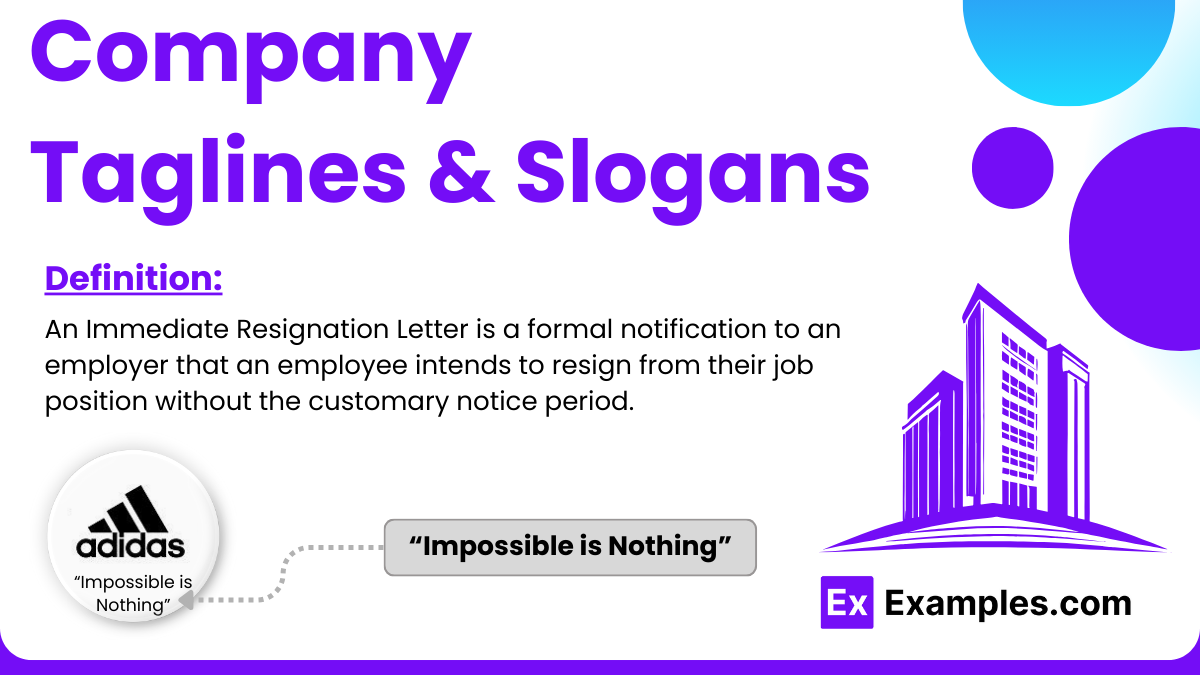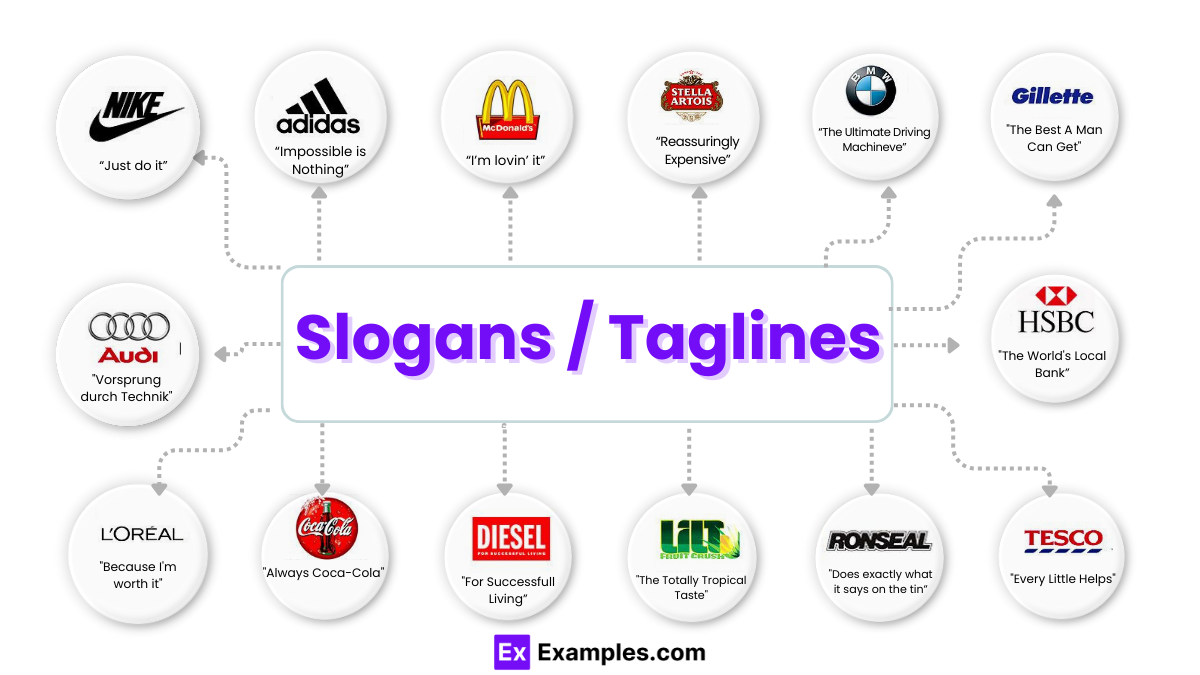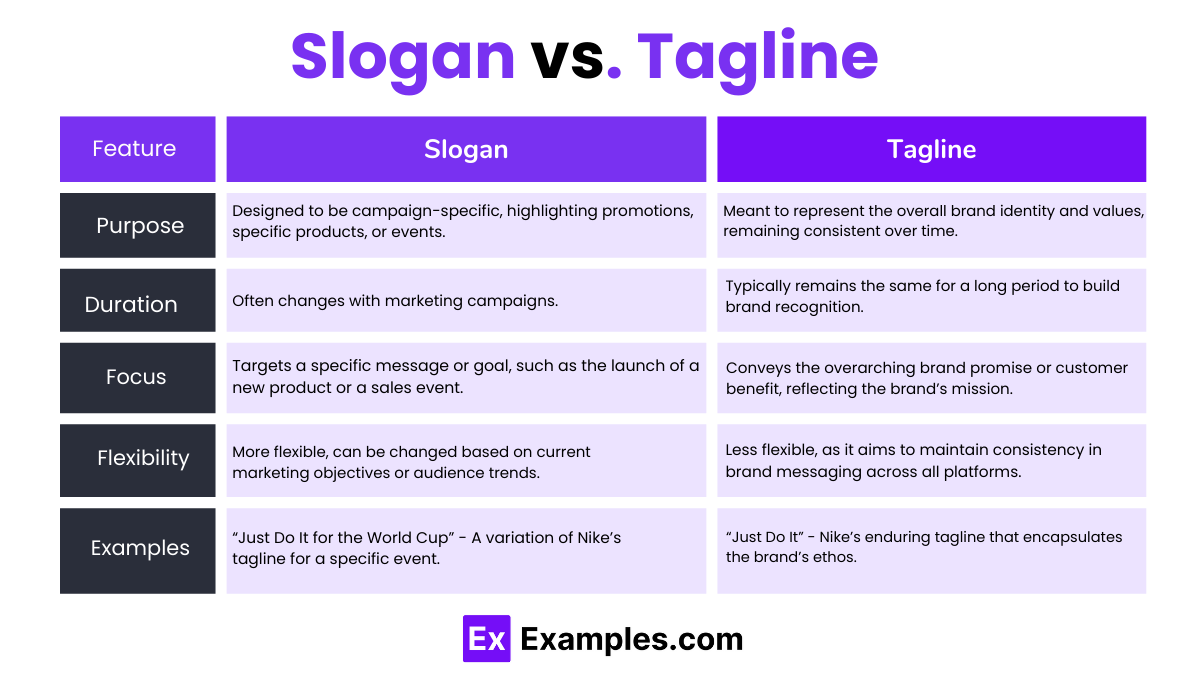109+ Company Taglines & Slogans Examples
It’s been said that the company logo is your visual ambassador and avatar, and now we’ll say the company slogan is your rallying cry.
The company slogan or motto is sometimes (read: often) confused with the company’s mission statement and/or vision statement. In fact, having a mission statement that is the same as your slogan will make it easier for you—and others—to remember, thanks to its “stickiness.”
In actuality, your slogan is more like a handle with which people recognize your company culture or guiding principles. It is part of your immediate face-value identity, and will be one of the top 3 elements in the trifecta for the visual appeal of your brand image. You may also see examples of stunning coffeehouse branding design.
What are Company Taglines and Slogans?
Company taglines and slogans are powerful marketing tools used by businesses to convey their brand message, values, and promise in a concise and memorable manner. These short, catchy phrases are designed to encapsulate the essence of a company or product and differentiate it from competitors. They play a crucial role in brand identity and advertising campaigns, aiming to leave a lasting impression on the target audience.
Famous Examples of Memorable Company Taglines
A tagline is not a joke. It’s something that you have to take seriously, considering how this is what consumers will potentially recognize you for whenever they come in contact with any of your products, services or advertisements. And if your company does become a household name after achieving success in the market, the tagline will eventually turn into a catchphrase that consumers will remember for decades. Because of this, it’s important to create a tagline that’s clever enough to grab one’s attention, but also simple enough to stick and withstand time. You may also see company plans.
Listed below are just of the most popular company taglines that have become a huge part of pop culture:
Example 1 – Just Do It
The great thing about this tagline is how it does not refer to anything in specific. Given that it represents an sports apparel brand, Nike’s famous tagline has shaped the company’s approach to marketing for years. It has become so synonymous with the brand’s name that they no longer need to appear side by side. The tagline can stand alone in a marketing campaign, but it would still be associated with Nike no matter how much you twist and turn it.
Example 2 – Think Different
Apple is different, and this is apparent in the products and services they release. Apple has successfully built a name for itself by offering distinctive goods that are difficult to beat (i.e. iMac, MacBook, iPod, iPhone, Apple Music, etc.). The company obtained success by challenging the status quo with clever marketing campaigns and exclusive services. You may also see company analysis.
Let’s be honest though, the passing of co-founder and chief executive officer Steve Jobs has taken a toll on Apple when it comes to bringing innovation to the market. Direct competitors such as Samsung, Google, Microsoft, Sony, HP, and Dell have released similar or even better products in recent years.
Example 3 – The Happiest Place on Earth
Is Disneyland really the happiest place on earth? For those who have visited the famous theme park, the huge grin on their faces says it all.
But let’s be honest, who wouldn’t be happy to relive their childhood memories? The best part about Disneyland is how the park is fully dedicated to the dreams and fantasies of our past. From the rides you hop into or to the Disney characters you meet, you’ll be left reminiscing your youth with every visit to this famous theme park. You may also see brand marketing.
Example 4 Have a Break, Have a Kit-Kat
It’s hard not to think about this tagline without a bar of chocolate-covered wafers coming to mind. The ‘break’ in the brand’s tagline describes exactly how consumers are meant to eat it: you need to ‘break’ the chocolate in half.
Kit-Kat has done a great job in trying to market their products by releasing a unique (or sometimes peculiar) line of assorted flavors. The brand has also launched various campaigns to promote their products through television ads and other forms of digital marketing. You may have even encountered one of their chocolate bar-designed benches that encourage people to do just that, ‘have a break.’
Example 5 – I’m Lovin’ It
The popularity of McDonald’s ‘I’m loving it’ campaign is truly one of a kind. What makes this tagline so great is how it is being translated in different cultures and languages from all over the globe. But to the company, it’s more than just creating an ad to promote their products, as it’s also about representing the brand as a whole in terms of the attitude and spirit they possess. This helps build a deeper connection between the brand and their consumers, giving the former the advantage of being recognized for the brand it is today. You may also see company policy
The Purpose of Taglines and Slogans
- Brand Recognition: Taglines and slogans help in making a brand easily recognizable. They often become more famous than the company names themselves, embedding the brand in the minds of consumers.
- Emotional Connection: They create an emotional connection with the audience by evoking feelings or sentiments that resonate with their desires or needs.
- Simplicity: Through simplicity, they communicate complex ideas or brand promises in a way that is easy for the audience to understand and remember.
- Differentiation: Taglines and slogans differentiate a brand from its competitors by highlighting unique features, benefits, or values.
Characteristics of Effective Taglines and Slogans
- Memorable: They are easy to remember, often because of their simplicity, rhythm, or use of literary devices like alliteration.
- Concise: They are typically short, making them easy to fit into advertisements and recall.
- Reflective: They accurately reflect the brand’s identity, mission, or the benefits of its products/services.
- Timeless: The best taglines and slogans transcend time, remaining relevant and effective for years, or even decades.
- Evocative: They evoke an emotional response or call to action, influencing consumer behavior.
How to Write a Catchy Slogan or Tagline
- Understand Your Brand: Begin with a deep understanding of your brand identity, mission, and the benefits your products or services offer. The more you know about what makes your brand unique, the easier it will be to highlight these aspects in your slogan.
- Know Your Audience: Understand the demographics, preferences, and behaviors of your target audience. A slogan that resonates well with your audience will likely stay in their minds longer.
- Keep It Short and Simple: The best slogans are concise and easy to remember. Aim for a length of around 5 to 7 words that capture the essence of your brand in a memorable way.
- Make It Timeless: Try to avoid trendy language that might feel dated in a few years. Opt for a slogan that could stand the test of time and still be relevant to your brand.
- Highlight Benefits: Focus on what’s in it for the customer. Your slogan should quickly tell your audience why they should choose your brand over others.
- Use Literary Devices: Rhymes, alliteration (words starting with the same letter or sound), or puns can make your slogan more memorable and engaging.
- Be Honest and Authentic: Ensure your slogan accurately reflects your brand’s values and offerings. Misleading slogans can harm your brand’s credibility in the long run.
- Brainstorm: Generate a list of words and phrases associated with your brand, and start playing around with combinations. Don’t be afraid to write down everything that comes to mind — you can refine the list later.
- Get Feedback: Once you have a few options, test them out with colleagues, friends, or even a segment of your target audience. Feedback can provide insights into how your slogan is perceived and which one resonates the most.
- Refine and Finalize: Based on feedback, refine your slogan. Ensure it sounds good aloud and works well with your logo if it’s going to be paired visually.
How do I choose a Slogan for my Business?
- Reflect on Your Brand’s Core Values and Mission: Begin by considering what your business stands for and aims to achieve. Your slogan should be a reflection of your brand’s personality, values, and the unique value proposition you offer to customers.
- Understand Your Target Audience: Knowing who your customers are, what they value, and the language that resonates with them is crucial. Your slogan should speak directly to your audience, addressing their needs, aspirations, or pain points.
- Analyze Competitors: Look at the slogans used by your competitors to ensure your own slogan stands out. Understanding the common themes and messages in your industry can help you differentiate your brand.
- List Key Brand Keywords: Identify words or phrases that are central to your brand and industry. These keywords can serve as the building blocks for your slogan, helping to ensure it’s relevant and impactful.
- Prioritize Clarity and Simplicity: Your slogan should be easy to understand and remember. A simple, clear message often has a stronger impact than a complex one that tries to convey too much.
- Experiment with Creativity: Play around with word combinations, literary techniques like alliteration or rhyme, and even humor (where appropriate). Creativity can make your slogan more memorable and engaging.
- Seek Feedback: Once you have a few slogan options, share them with friends, family, and ideally, members of your target audience. Pay attention to their initial reactions and any emotional or cognitive response they have to your slogans.
- Test for Versatility and Longevity: Consider how your slogan will look and sound across different mediums (e.g., online, in print, on merchandise) and whether it will still be relevant in the future. A good slogan grows with your brand and remains effective over time.
- Ensure It’s Unique: Before finalizing your slogan, do a thorough check to make sure it’s not already in use or too similar to existing slogans, especially within your industry. This step is crucial to avoid potential legal issues and ensure your brand stands out.
- Live with It: Before making your final decision, give yourself some time to see how the slogan feels after a few days or weeks. Sometimes, the best choice becomes clear with a bit of distance.
Slogan vs. Tagline
| Feature | Slogan | Tagline |
|---|---|---|
| Purpose | Designed to be campaign-specific, highlighting promotions, specific products, or events. | Meant to represent the overall brand identity and values, remaining consistent over time. |
| Duration | Often changes with marketing campaigns. | Typically remains the same for a long period to build brand recognition. |
| Focus | Targets a specific message or goal, such as the launch of a new product or a sales event. | Conveys the overarching brand promise or customer benefit, reflecting the brand’s mission. |
| Flexibility | More flexible, can be changed based on current marketing objectives or audience trends. | Less flexible, as it aims to maintain consistency in brand messaging across all platforms. |
| Examples | “Just Do It for the World Cup” – A variation of Nike’s tagline for a specific event. | “Just Do It” – Nike’s enduring tagline that encapsulates the brand’s ethos. |
110+ Famous Company Taglines: And What We Can Learn from Them
It is easy to sell the idea that it is important to pay attention to your taglines, your logo designs, and to the rest of the corporate image packaging. All we have to do is tell you that all this is “critical to your success,” and you buy what the experts say.
This advice may not always be true, but paying attention to such vanity metrics can be the proverbial cherry on top of your successes. It can trademark you in the minds of your audience. You may also like marketing examples of famous brands.
The best illustration will come from the pros themselves. Here are how some of the biggest names out there have tagged themselves, their legacy, and their missions—110 of the most famous ones, in alphabetical order.
Note: All logo designs belong to the respective companies. There is every chance these brands will update their slogan at the time of reading. This doesn’t stop you from learning from their past decisions, many of which worked out quite well for them and continue on. You may also check out product packaging designs.
1. Abbey National
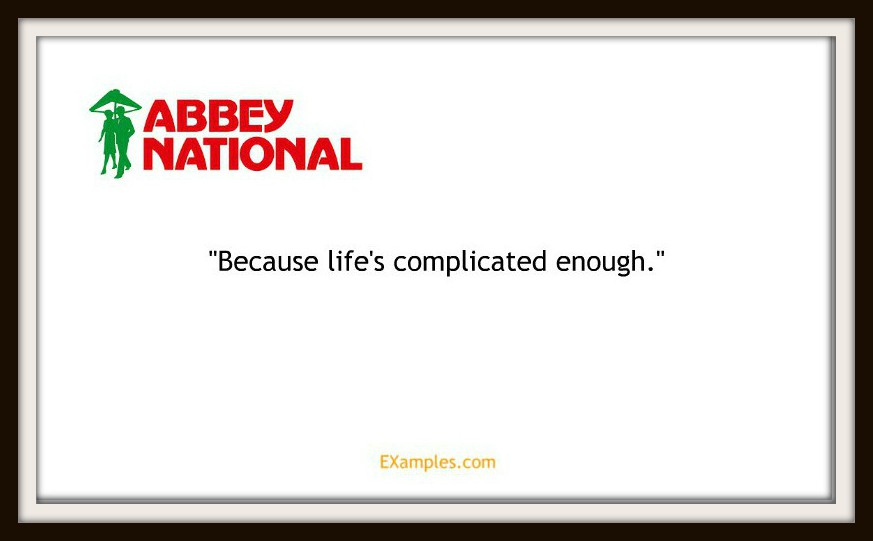
This bank understands you. A top example of empathy and value positioning as a solution to your (financial) problems.
2. Acer

Acer is a multinational electronics and hardware company. Isn’t their tagline rather fitting? We can learn from this example: while broad concepts about quality are okay, relevance is better. You may also see everything you need to know about brand strategy.
3. Adidas
Ambition, determination, and confidence in three words. Note how Adidas draws attention to an attitude of the ideal athlete than the fact they sell sports gear.
What Is a Slogan?
The Difference between Slogan, Motto, and Tagline
To put it simply, the company’s slogan is the company’s most repeated phrase that, if done right becomes its trademark attitude. Therefore, the tone of your slogan sets up expectation—from the public, from customers, from employees and shareholders and everyone else involved. You may also like how to create an executive summary of a marketing plan.
According to Lyn Swords, a content writer at Ink & Key, there is a fundamental difference between the slogan, the motto, and the tagline. In 3 nutshells, we can think of them this way:
- Tagline: This is a phrase about the founding idea or concept of business itself. A good tagline should stand the test of time. Example: Nike’s “Just Do It” is a tagline.
- Slogan: This is a phrase that represents a company promise or brand product personality. It is a mini description. A large company will often have one tagline and several slogans for each flagship product. Example: Apple’s tagline is “Think Different” while the slogan for its iPhone SE is “A big step for small.” You may also check out types of marketing styles.
- Motto: This is a phrase that focuses on the philosophy, beliefs, or intentions of the company. It is like a pledge and might be the closest connection to the company’s mission statement.
If the tagline and slogan say “We are…” then the motto says “We shall…”
You can think of the motto as a condensed version of your mission statement, and you’ll do fine. As for the tagline and slogan, you will need to think differently. You might be interested in successful marketing campaign examples.
4. Ajax
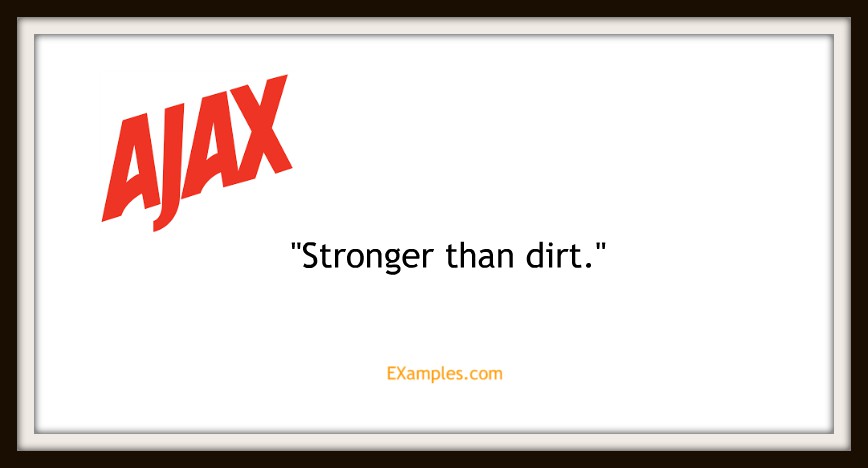
And what housewife wouldn’t want such a hero to the rescue?
5. American Airlines
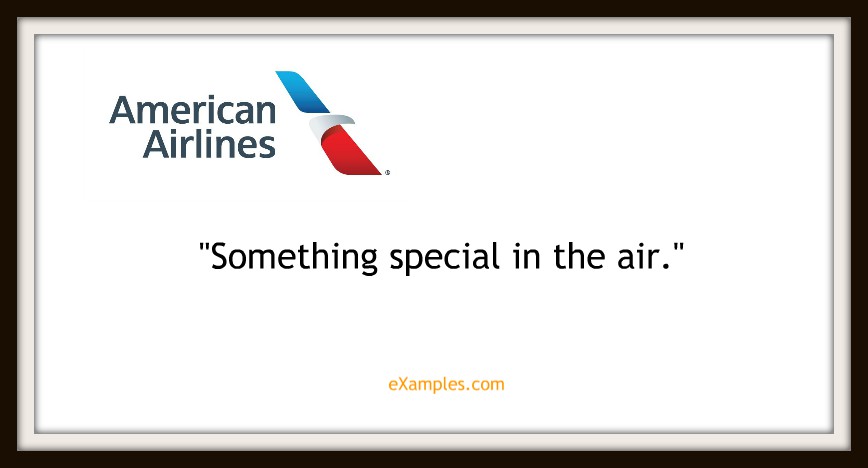
A way to paint yourself out as something different. (What’s that in the sky? A bird? A plane?) You may also like examples of writing a brand awareness survey.
6. American Express
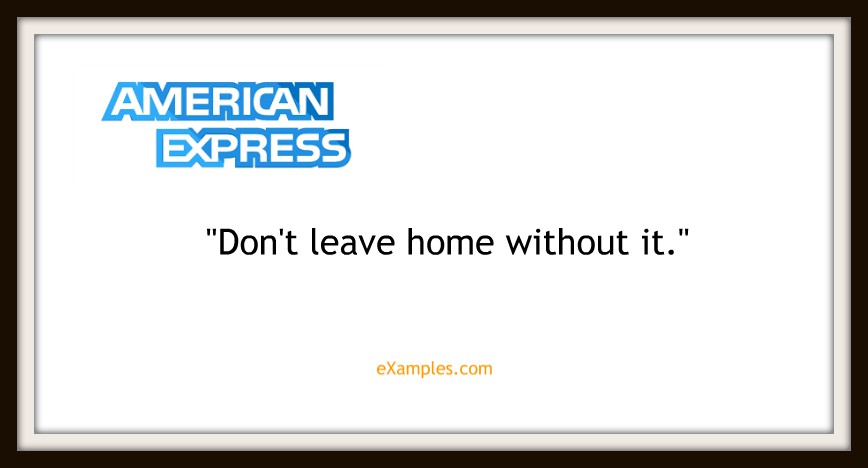
Setting oneself and one’s product as essential to your lifestyle and security. One way to build customer loyalty from the get-go.
7. Apple
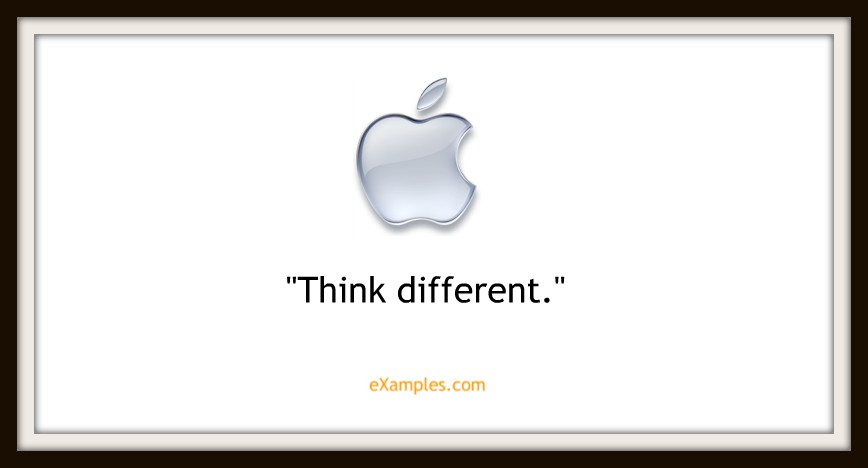
And we wouldn’t expect anything less from this tech giant.
8. Avon
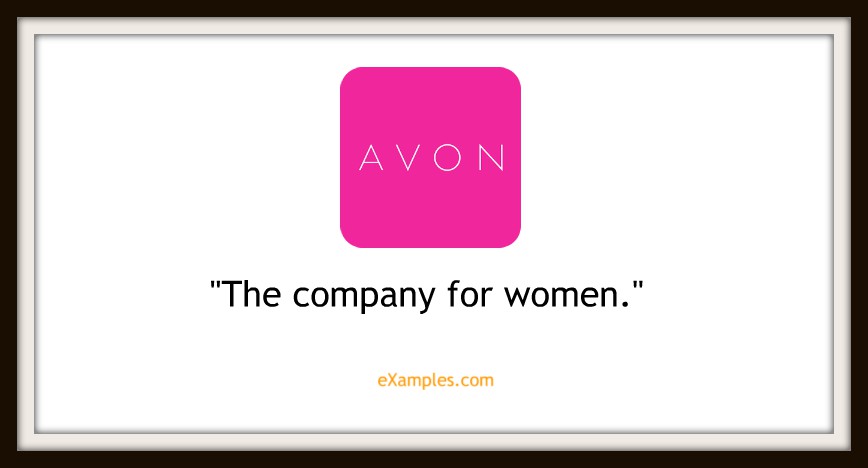
From women, for women. Appeal to a sense of solidarity and belonging.
9. BMW
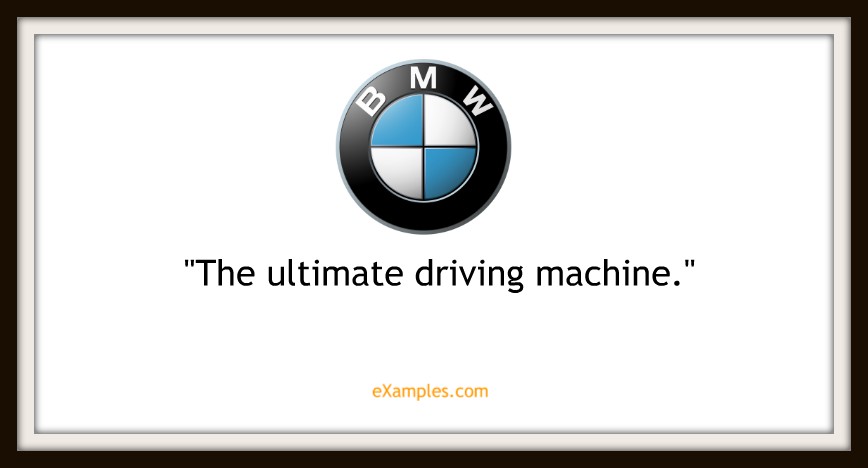
It doesn’t get much better than “ultimate,” even though every car is basically a driving machine. You may also check out digital billboard examples.
10. Budweiser

It’s one thing to say you’re good, or even the best. It’s another spin on it to say it’s the king of its kind.
Why You Need a Tagline or Slogan
Lindsay Kolowich, writing for Hubspot, says, “it’s especially difficult to express a complex emotional concept in just a couple of words—which is exactly what a slogan does.” And indeed your company’s story is a complex emotional concept. In a few words, often less than five, you should condense this whole journey and where you hope to go next. You may also see marketing strategy examples in doc.
Think of your tagline as your hook. If people can relate to this phrase, if they feel like it speaks to them or resonates with a culture they identify with, then you are one step closer to winning someone over to your side.
We’ll say it again: it is your rallying cry.
It is your advertising tag. The tagline makes you more personable, clarifies your purpose, gets the attention of your potential customers. You may also like
And everyone knows that the way to convince someone to do business with you is to first get their attention.
Just consider the following list of some famous company taglines (or slogans). Imagine if these phrases had never been invented: would they seem the same to you as you see them now? You may also check out marketing strategies for small businesses.
11. Burger King
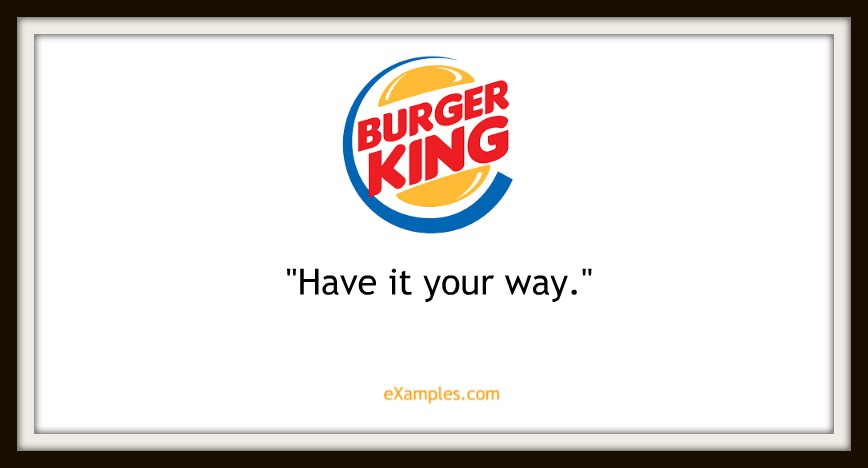
Now if there was ever a customer-empowering tagline out there, it’s this.
12. Cadbury’s Dairy Milk

This is an example of a product-specific slogan and a company promise. It contains the selling point of the product that should help people make the choice to buy. You might be interested in principles for creating a killer branding.
13. Calvin Klein

Speaks to the company’s artistic values and the depth of its passion and commitment to the craft. Not only does it seek to define itself, but like-minded people will be more prone to doing business with them. You may also see famous logo redesigns.
14. Canon
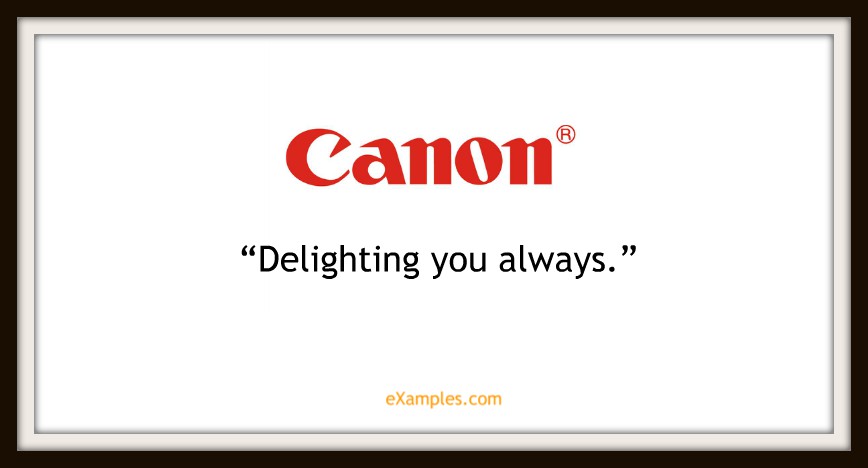
This camera company understands the importance of client-centric service and the joy in the art of video and photography.
15. Chuck E. Cheese’s
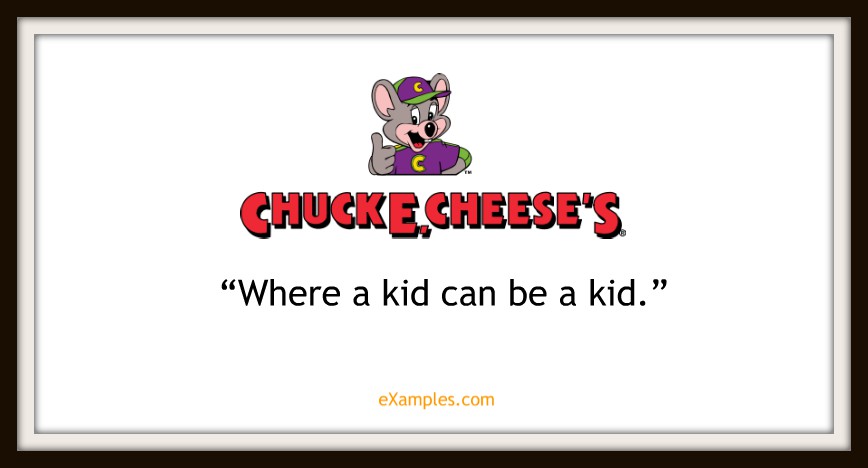
Highlighting the fun atmosphere instead of the food. This company knows where their strongest points are.
16. Cisco Systems
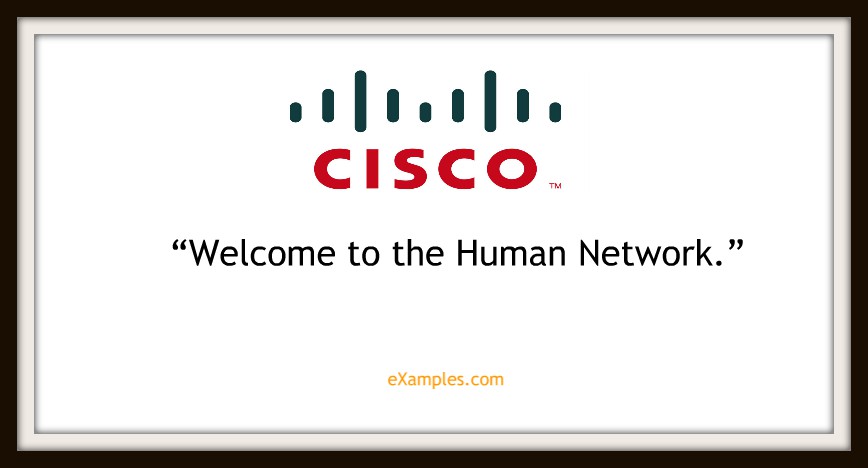
For a worldwide leader in IT and networking, Cisco is savvy enough to underscore the human element fueling all the tech that ultimately makes it worth it. An example of a company with its priorities in place. You may also like how to create your personal branding statement.
17. Citibank

Doesn’t that sound like a reassuring promise of 24/7 banking services?
How to Make a Tagline That Sticks
The first thing is to think of the tagline as a kind of trailer or teaser for your brand or product. In the space of a few seconds, the customer should be hooked as you draw attention to your most important aspects (your selling points). You may also see marketing goals examples.
Your mission is to try and make this tagline sticky. When people hear it, it should stand strong and stick in their minds even before they understand what it means or before they ever realize the clever symbolism of it.
You could even get away without the cleverness in depth, showing your cleverness in stickiness. This is why some of the more famous taglines are not all that profound. It just has to be yours. You may also like what is internet marketing?
For product slogans, you might even write it into a jingle that becomes an ear worm for many. All attention is good attention in the world of marketing, after all.
Aside from the insights you can glean from the company taglines and slogans listed above, here are some other tips to help you:
1. Build on People’s Existing Knowledge
Don’t use words, terms, or concepts that most people will not understand without being an insider. If you want to reach out to a larger audience of potential customers, you have to meet them on their terms by using words they know. Ideally, the words you use should identify a key scenario, need, want, or problem and show how your company is the solution or an option for it. You may also check out benefits of marketing segmentation.
2. Stay Simple
As with everything else in your branding campaign, simplicity is sophistication. Easy on the long words and anything too fancy. Use short, simple words that have the most impact in your industry.
18. CMPB
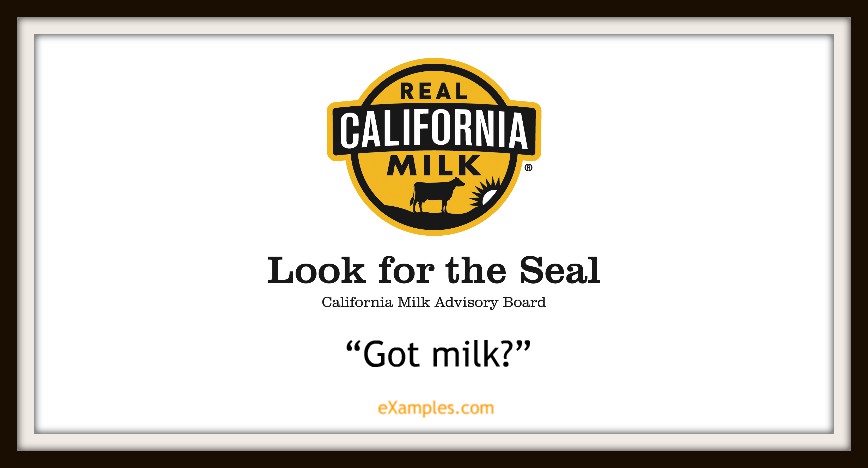
A simple question by the California Milk Processor Board. But it set off the longest-running ad campaign involving celebrities and milk mustaches that is now remembered by everyone.
19. CNN
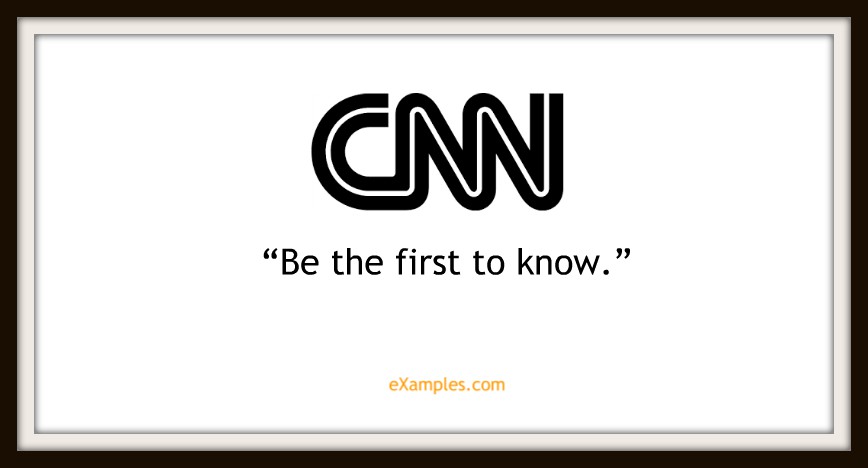
CNN turns the attention toward the viewers, highlighting the advantage they can get from tuning in. It would have been less effective if they’d made it about themselves instead (“We are the first to know”). You may also check out examples of branding and identity design.
20. Coca-Cola
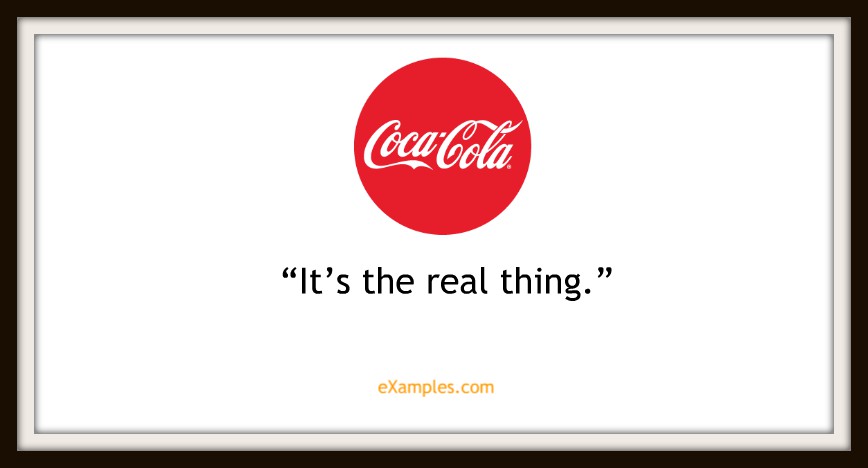
Coca-Cola is big enough to just tout its long-established authenticity and the iconic complexity of its flavor. Build on the confidence you’ve earned from your loyal customers to rope in even more.
21. Compaq
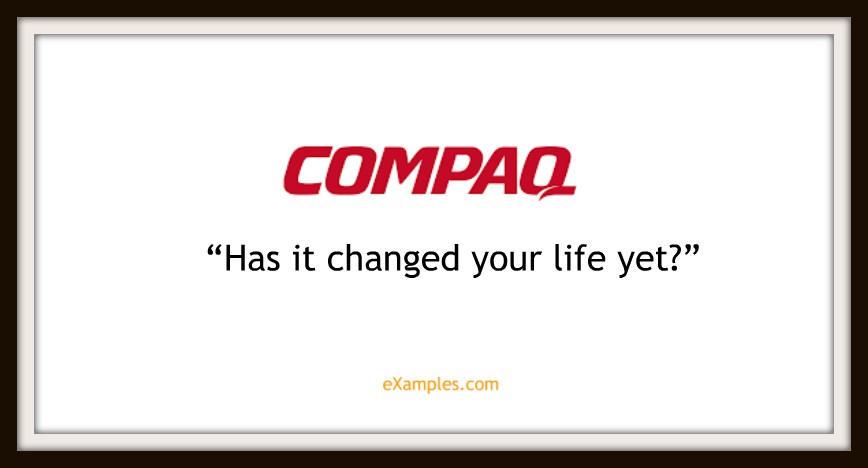
Seems so certain in the world-changing value it offers with its laptop PCs and notebooks — it prompts one to recognize Compaq’s value in their own lives. Note that such confident rhetorical questions might backfire if you don’t deliver on your promise. (“Has it changed your life yet?” “Um, no.”) You might be interested in email branding examples.
22. Courier Express

Sounds…quick. And guaranteed. Who’s in?
3. Be Bite-sized
One word, two words, three words. One sentence of five-six words. How much can you compress your brand identity so that the few words that make it to the final stage are the ones that pack the most punch? You might be interested in relationship marketing examples that make an impact.
4. Be Rhythmic
Creating a slogan is an art as much as anything. Make yours rhyme, or find a clever analogy, and listen to the rhythm when it’s spoken aloud.
Can it be sung? Can you write it into an ad jingle? Can it be rendered entirely in music notes? What’s the tone you want to set for it so that it’s said and recognized the same way no matter the narrator? You may also check out marketing presentation examples.
5. Take Advantage of the 3 Bs
Understand your ideal customers well enough that you can appeal to their Belonging, Beliefs, and Behavior.
For one example, see FedEx’s slogan and the promise it makes to its customers. They can only do this by knowing what this customer needs and routinely does. Also, see the implicit understanding of the human condition embodied in Abbey National’s tagline. You may also see need-to-know marketing tips for your home business.
They show they sense exactly what you need and offer their service as the solution, tailor-fitted to your situation.
6. Use the Subtler Arts of Marketing and Human Psychology
This is related to the previous tip, but it’s worth expanding on—Grasp the customer’s psyche rather than just their circumstance. Appeal to some larger idea that’s valuable to the customer. You may also like social media marketing examples.
Case in point: Gillette doesn’t just sell razors; it sells manliness. BMW doesn’t sell cars; it sells the sense of luxury and well-being.
Entice the customers with this value so they can identify and voluntarily become walking advertisements of your brand. Give them a reason to want to add your brand to their identity, and they will grow the audience for you. You hook them in first by the slogan the first time they hear of you. Don’t waste the opportunity. You may also check out what is mass marketing?
23. De Beers
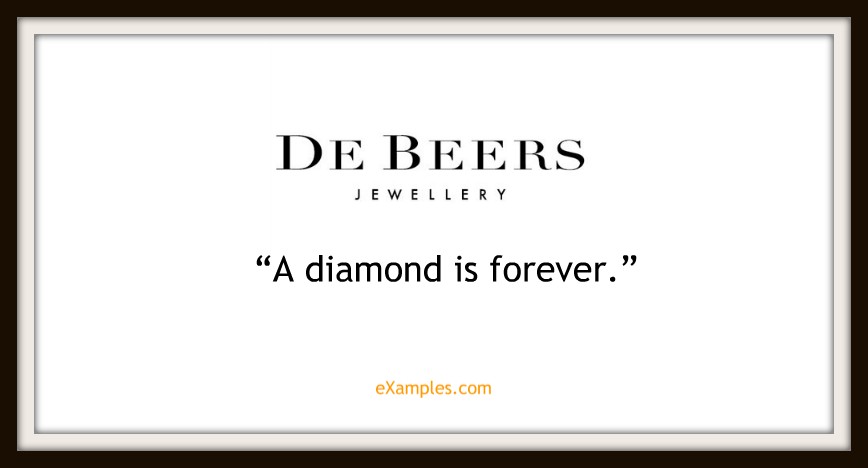
Perhaps it isn’t, but this slogan is a clear nod toward lasting value. At these prices, longevity is what a customer is looking for.
24. Dell

A spin on “easy as hell,” perhaps? A memorable promise of a fun and convenient user experience on Dell computers.
25. DHL
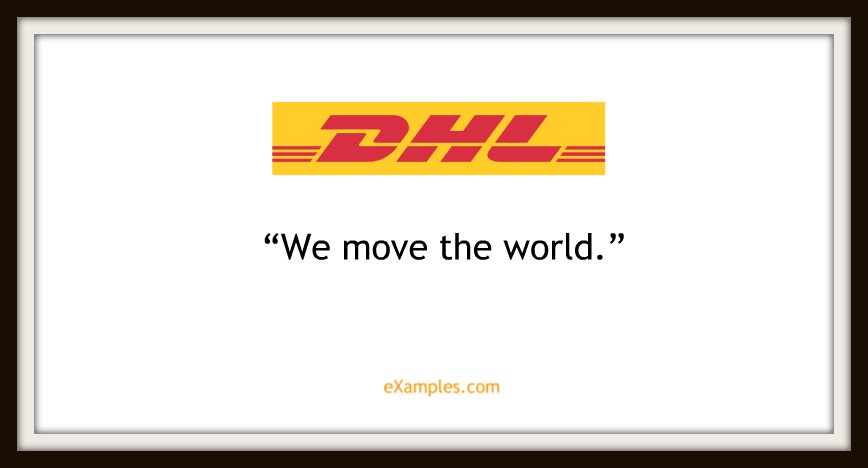
That’s what we call establishing yourself as indispensable in the larger picture of things. Again, be careful not to be too grandiose and make sure you deliver on your promise. You may also see examples of vehicle branding.
7. Show Them You Care
The whole viral marketing shtick is not going to work its magic unless you show the customer that what’s in it for them is also what’s in it for you. Show them how it’s in your best interest that their best interests are met. Use the slogan to showcase your empathy for the customer. You might be interested in examples of marketing strategies.
Remember that the slogan is a promise that will ring in people’s minds before they’re ever convinced to do business with you. So if you’re selling point is how much you care, the slogan is where you should broadcast that message.
8. Use Humor
This might not work for everyone, but when you can, use it. And when you do use it, get as much varied feedback as you can to make sure it doesn’t backfire. You may also see marketing and sales – a comparison.
Understandably, you won’t be able to create a good tagline without properly understanding your brand and your customers.
Even then, note how many companies routinely switch their slogans around for a new ad campaign while retaining the integrity of their tagline. Not only should it guide customers to your door, but it should guide your campaigns as well. You may also like examples of marketing objectives.
26. Disneyland
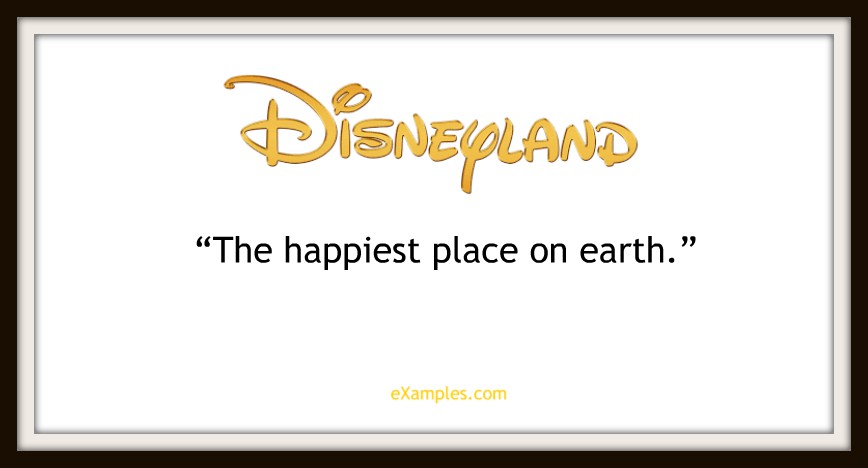
A grand promise that explains the millions of visitors flocking to this magical place every year.
27. eBay
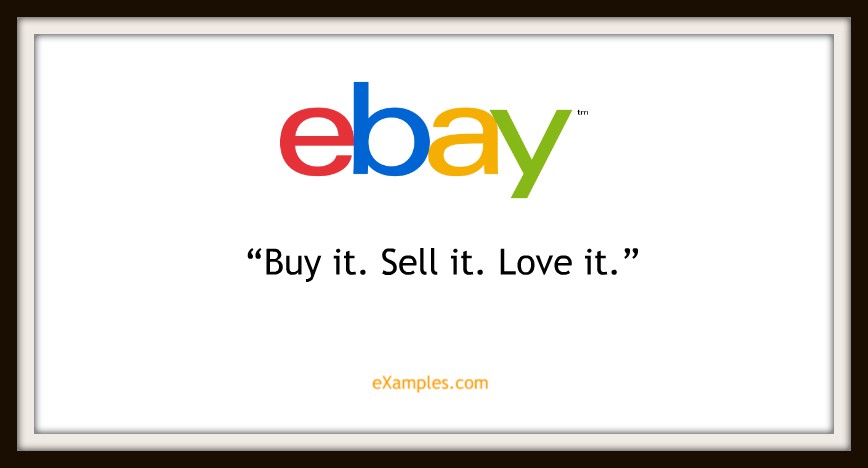
A classic three-part slogan spelling out the scope of the service and the value it adds to one’s life.
28. Energizer

And that’s exactly what we want.
29. Ernst & Young

Perhaps the blandest promise, but all right, thank you.
30. Facebook
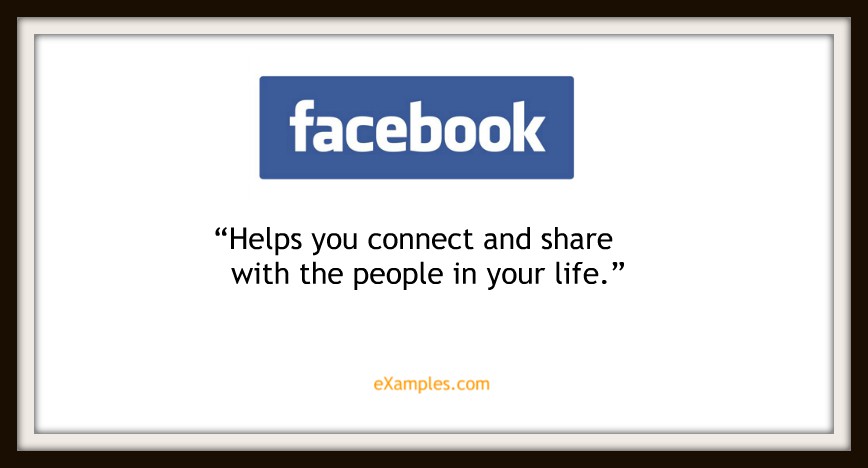
Are you sure you didn’t also promise to be addicting?
31. Federal Express
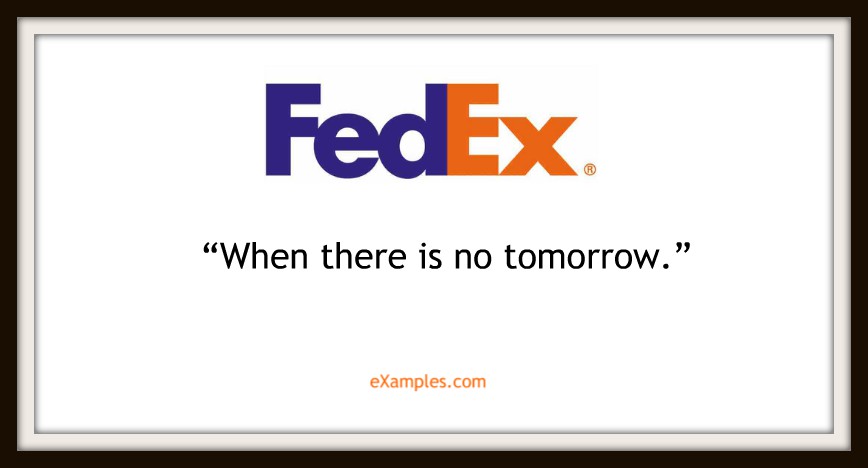
FedEx switched to this more powerful rewording from its previous slogan: “When it absolutely, positively has to be there overnight.” And we’ve all been there at some point. Definitely sets itself up as the trustworthy go-to service for time-sensitive deliveries. You may also like why strong branding is more important than ever for your small business.
32. Ford
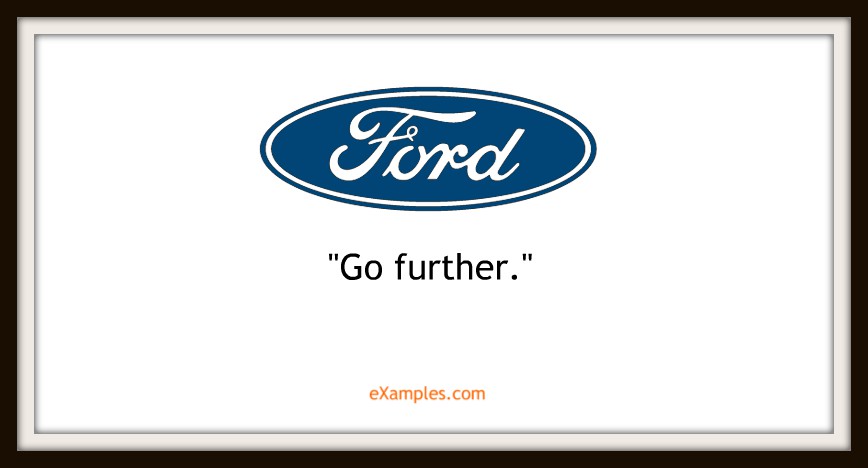
Double-entendres are always welcomed. This automobile giant has had a succession of slogans over the years, including the clever customer-centric line “Everything we do is driven by you” (who’s blushing?).
33. Fortune Magazine
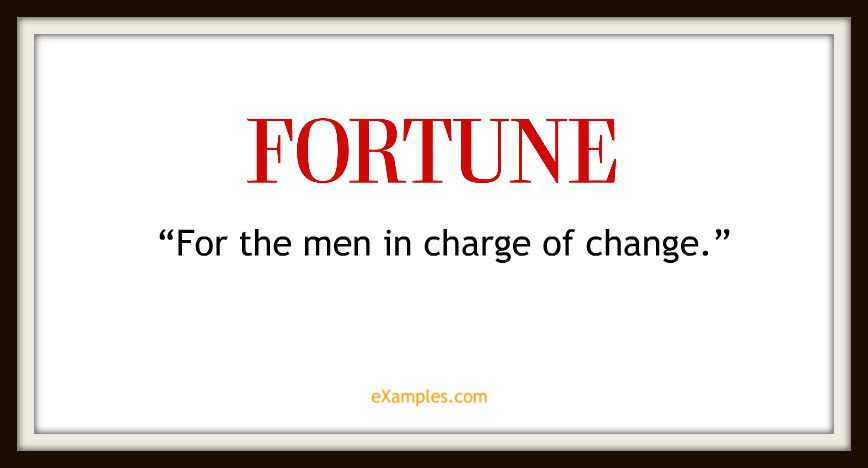
And who wouldn’t want to identify themselves as a thought leader and world-changing entrepreneur? Another “join the club” call to action. (Note the unusually sexist wording. Rating 5/10.) You may also check out what is brand marketing?
34. General Electric
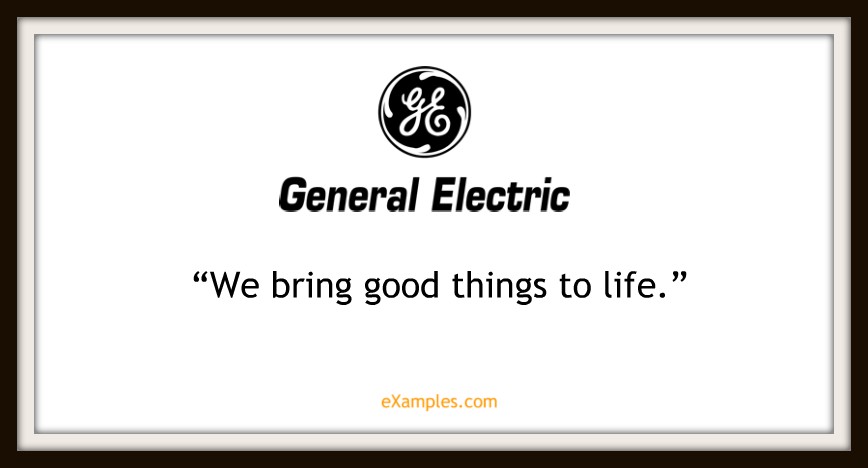
Speaks volumes in terms of quality innovation. With its rebranding, GE switched their focus to “Imagination at Work,” which carries the same theme.
35. Gillette
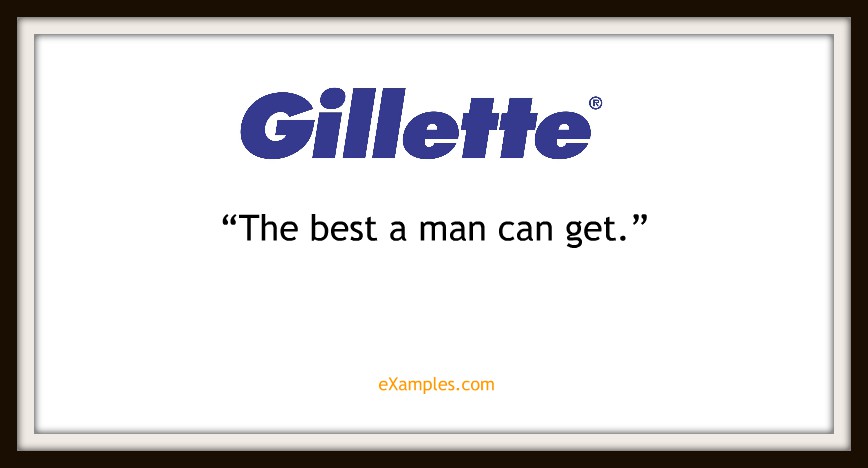
And the man wants it. Who wouldn’t?
36. Goodyear

A bit grandiose there for this tire and rubber company, but hey, as long as they deliver, many people will take their word for it.
37. Google

This is actually Google’s corporate code of conduct. Aren’t you glad the world’s largest search engine isn’t maliciously plotting to sell your data behind your back? (Hmm.) You might be interested in examples of fast food branding.
38. Goldfish
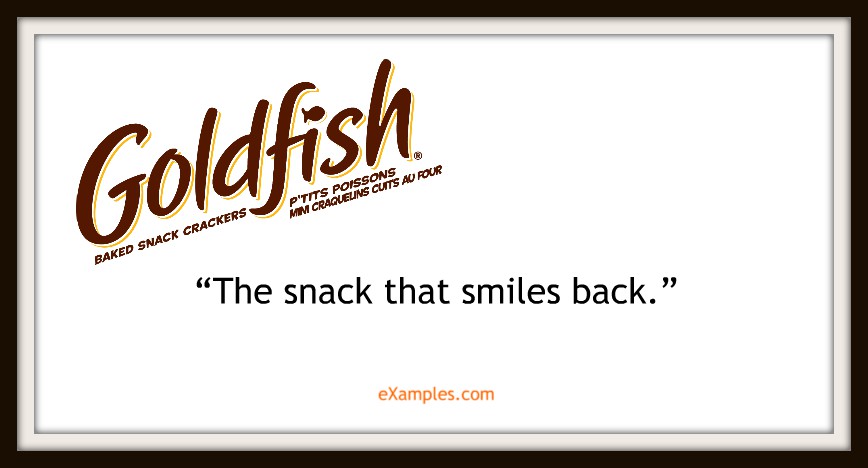
Highlights a cheerful aspect of the product’s unique design that everyone will be looking out for and identify with the brand.
39. Haagen-Dazs
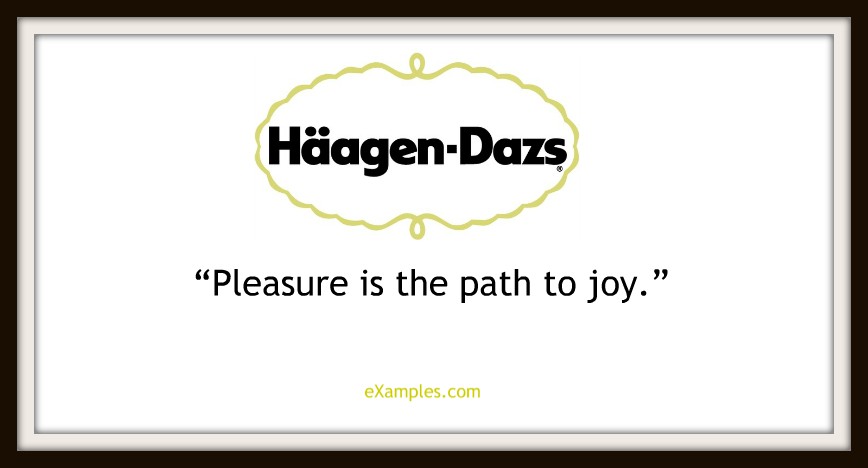
Speaks to the company’s focus on bringing that joy. Note how it doesn’t mention ice cream, which they’ve now imbued with this larger purpose.
40. Hallmark
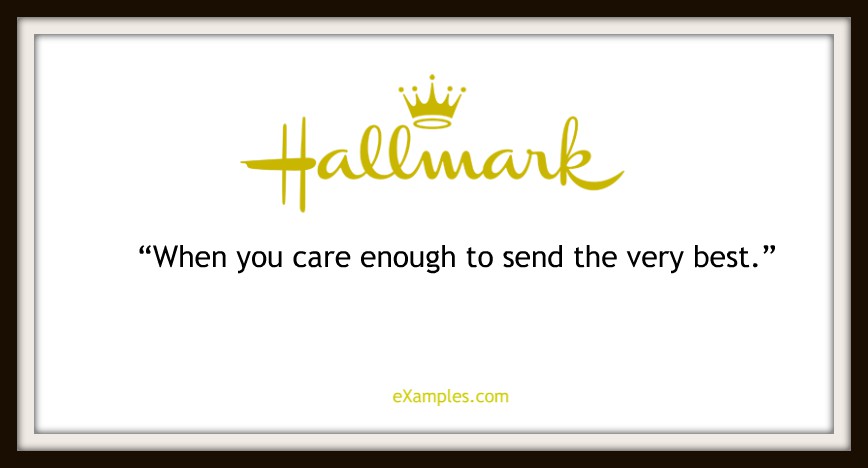
A spin on sending people your best, rewritten by this memento and greeting card magnate.
41. Harley Davidson

Speaks to the company’s origins as well as with the person it serves. A shared heritage, and a life-changing decision. Sets the identity and culture: For the brave. You may also see business branding examples.
42. Hershey’s
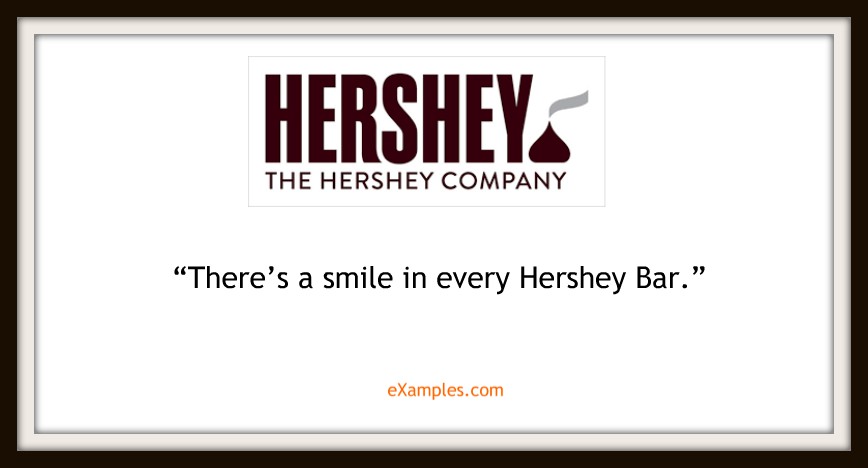
We’ll take that over a golden ticket to the Chocolate Factory.
43. Hewlett Packard
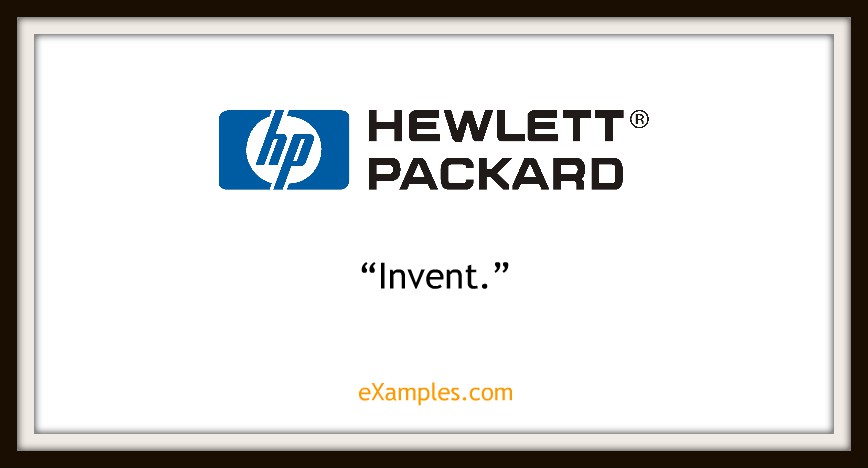
A one-word dedication to HP’s most valued action.
44. Holiday Inn
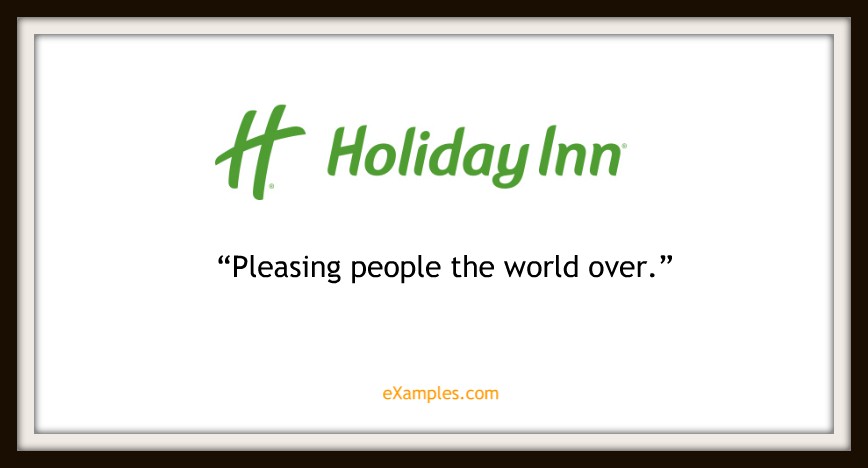
Establishing its global reach.
45. Home Depot
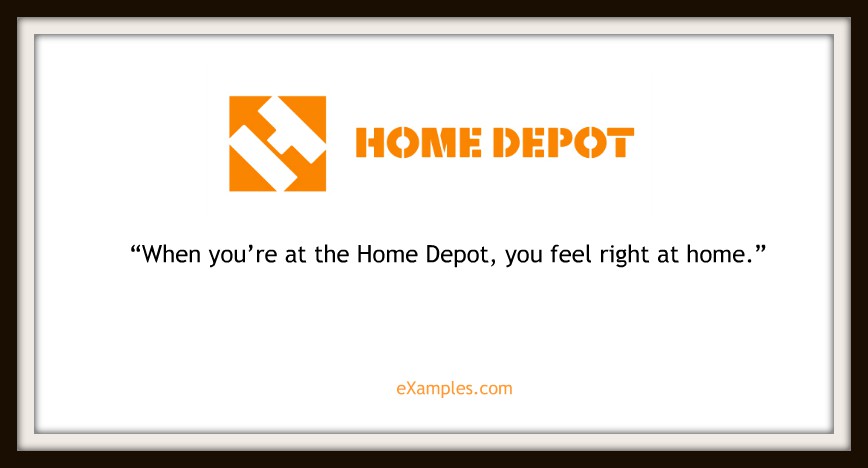
Drawing attention to the actual customer experience in the store, and by extension what value they can get from the merchandise. Contrast with its later “You can do it. We can help,” which again puts the power of choice back in the customer’s hands. You may also like best clothing branding design tips you need to know.
46. Honda

A bit woo-woo, but will definitely resonate with every entrepreneur out there.
47. HSBC
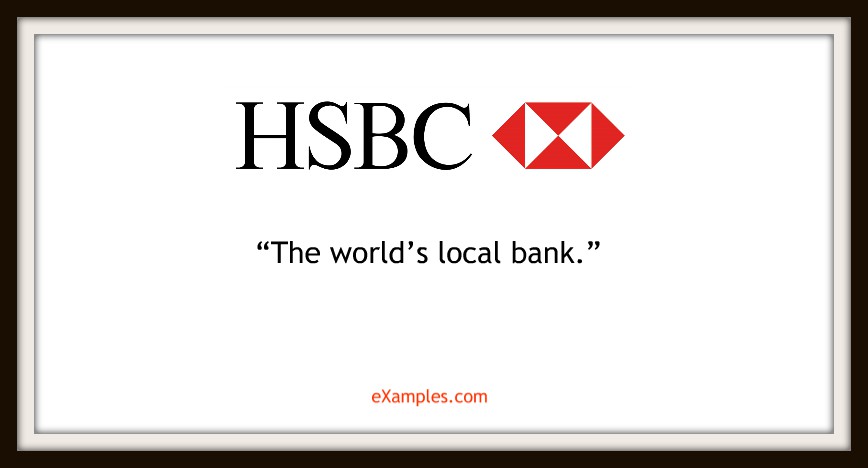
Reads like a wink, reminding us that the world has shrunk, and HSBC will be there at our service wherever we go.
48. IBM
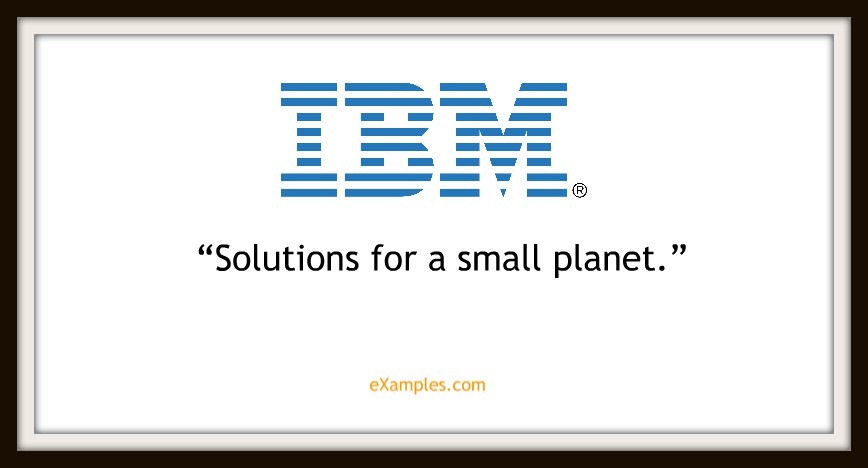
Speaking of shrinking worlds…Tech companies like IBM have had a hand in that.
49. Imax
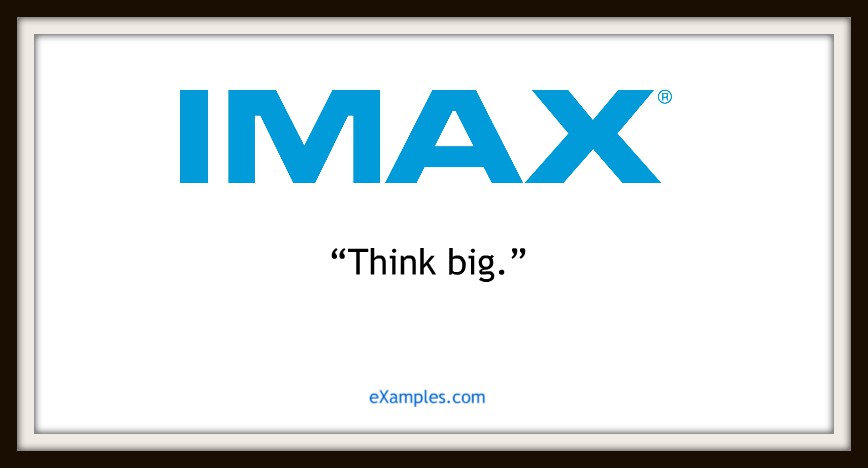
Almost a rip-off of Apple’s “Think different,” but we don’t need Imax to be different—we want that grand cinematic experience. Big is perfect. (It’s so real, Imax has another spin on its slogan: “Imax is believing.”)
50. Intel
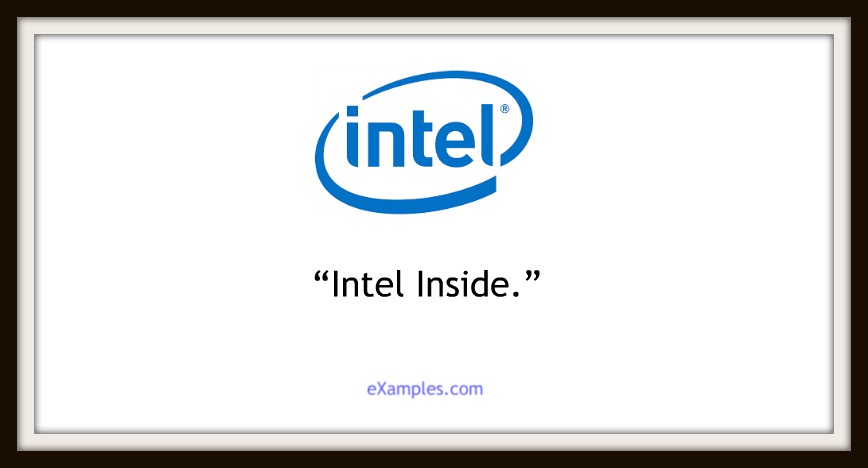
This is the slogan for one of Intel’s comeback campaigns after a bug scare went to press. It is now the slogan declaring their security and trustworthiness. You may also check out examples of restaurant branding.
51. Jaguar
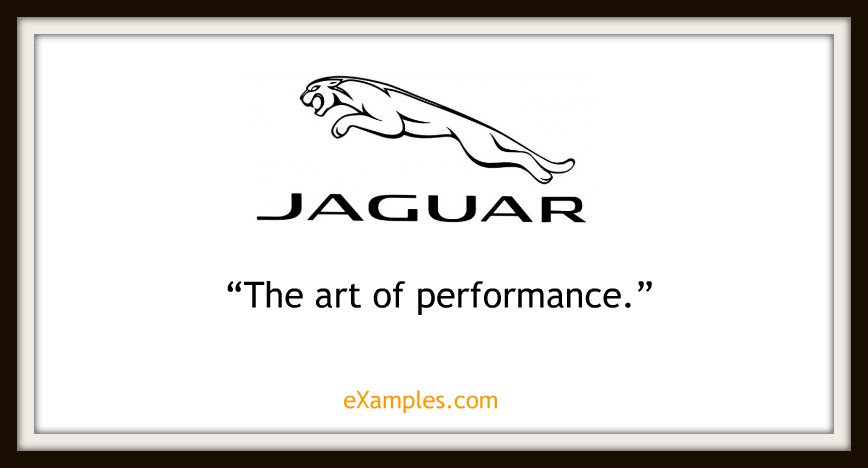
The promise of quality and craftsmanship in every vehicle.
52. Johnnie Walker

The tagline for a global campaign with a simple but profound message: work hard and persevere; joy is the key for making progress.
53. KFC
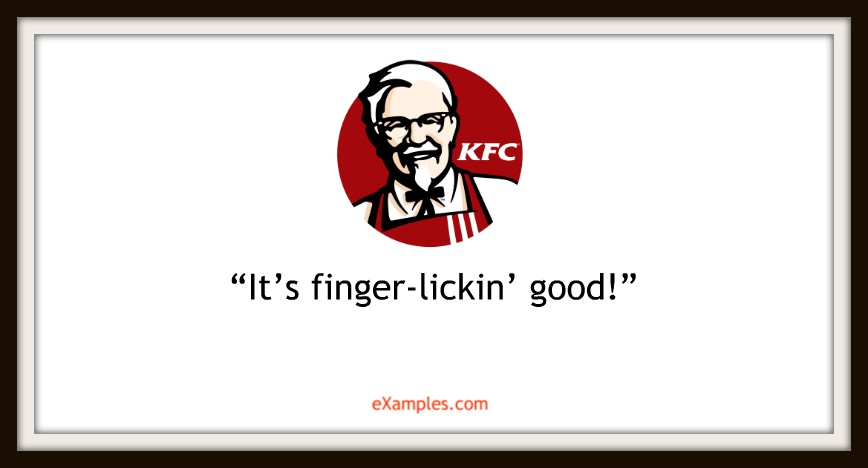
And isn’t that a promise they’ve kept for decades?
54. Nestle’s Kit-Kat
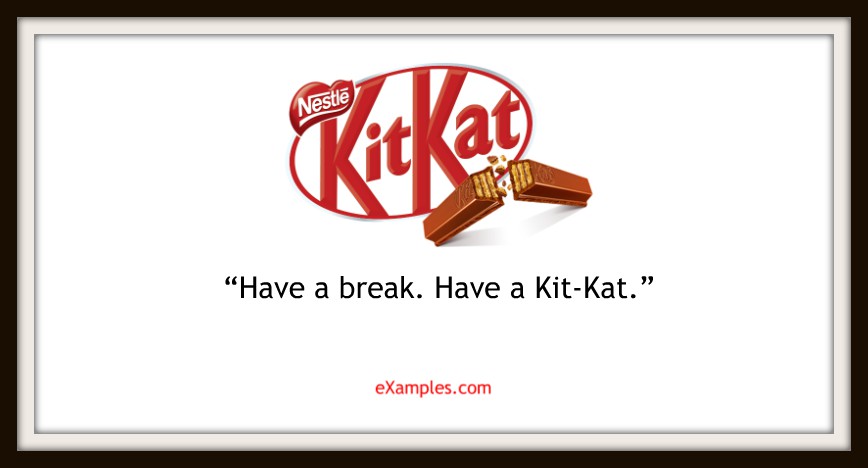
They show how they fit so seamlessly into your life, every day and every break time.
55. Kodak
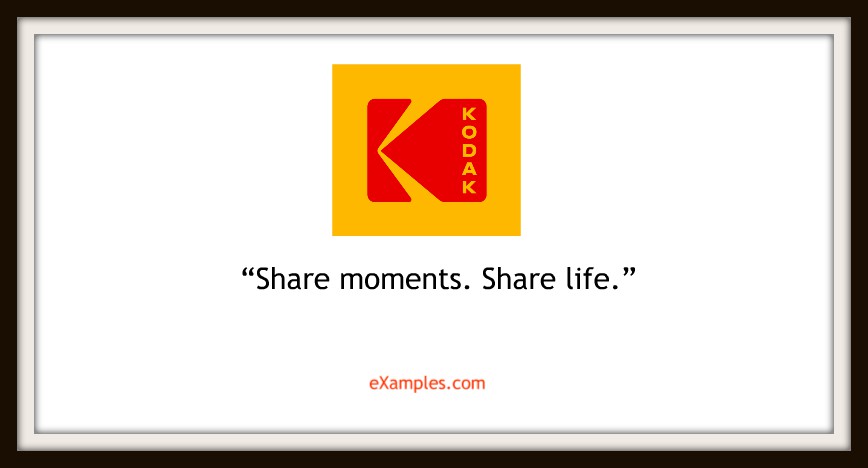
Let’s be honest: This camera company’s got Facebook’s slogan beat.
56. KPMG
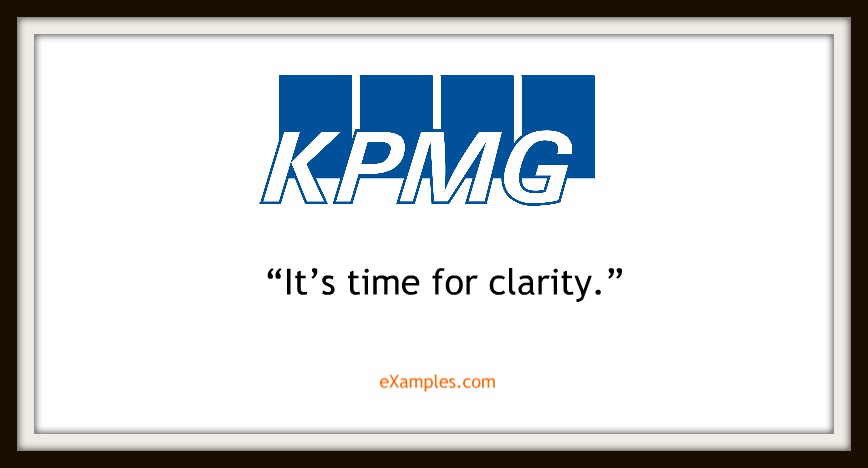
For an advisory firm offering audit and tax services, clarity is definitely what we need.
57. Lay’s

They win that bet. And if you’ve never tried Lay’s, it’s a dare to try. That’s called marketing of earned reputation built into the product.
58. Levi’s
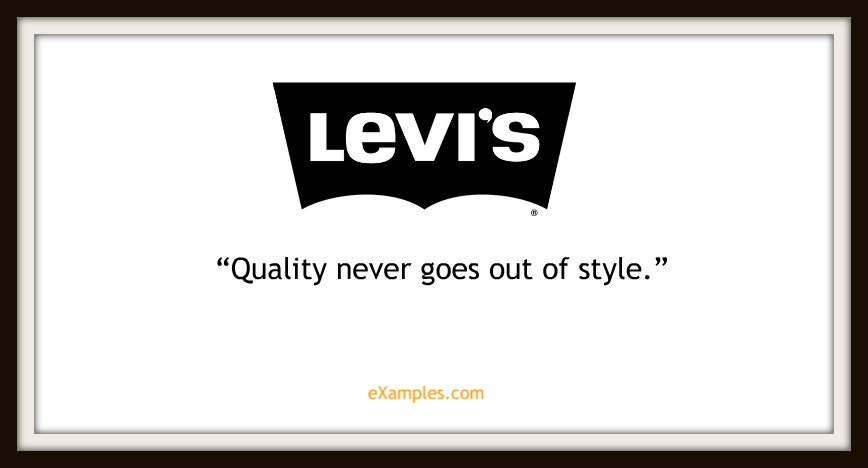
When you’re in the business of providing evergreen fashion for the middle class, there is no better assurance of both quality and looking good. You might be interested in wine branding examples.
59. LG
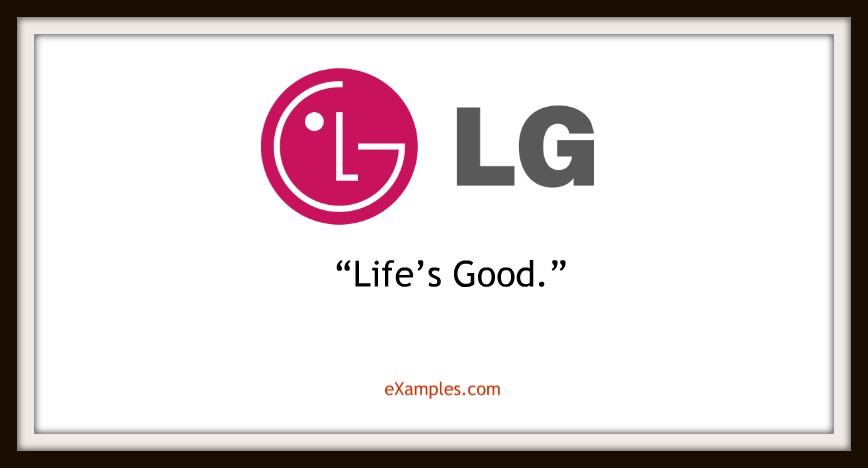
Their slogan is just “LG” spelled out. Sounds cheery and optimistic, a value they try to imbue their household appliances with.
60. L’Oreal
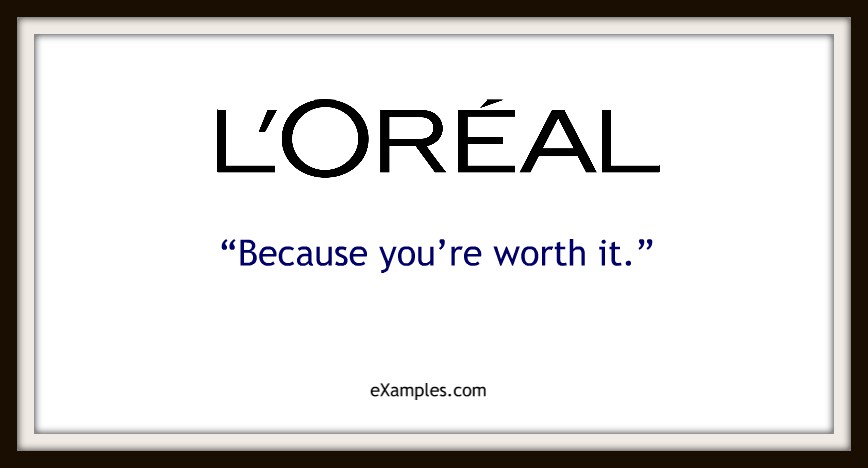
This was an ingenious value proposition, convincing millions of ladies.
61. Maybelline
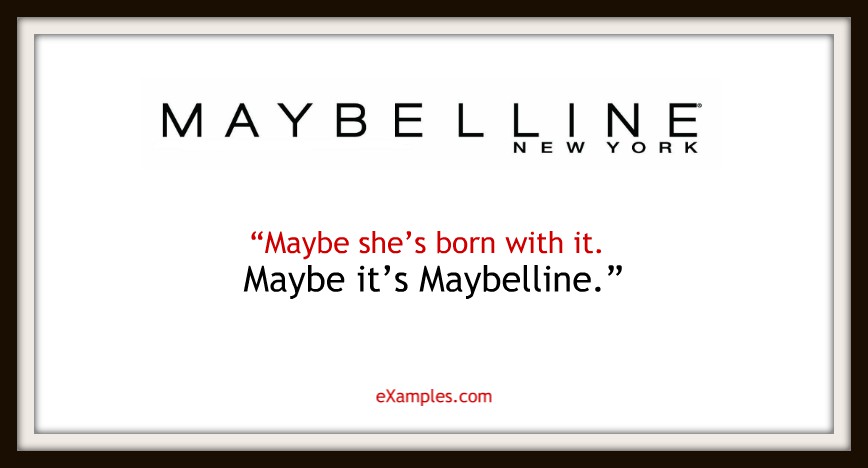
This slogan sells the seductive hope that Maybelline’s products can give you the same kind of natural beauty you had always thought was a matter of good genetics.
62. M&M’s
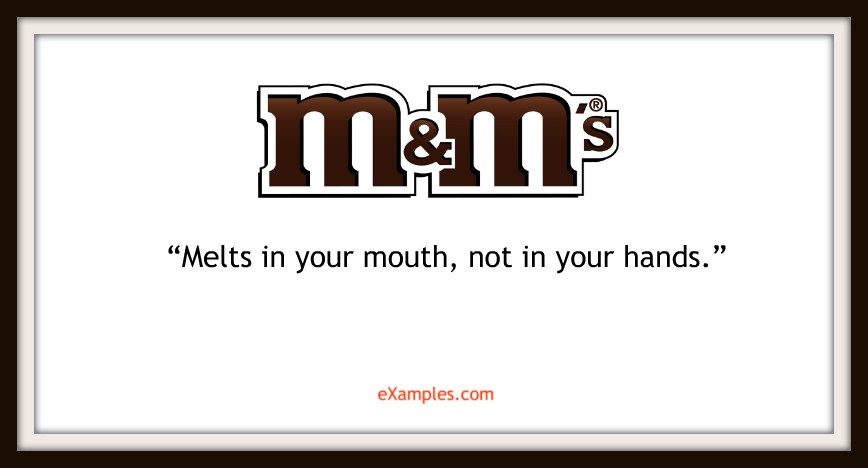
Doing away with a common problem while offering a tempting promise. And who wouldn’t be tempted to try?
63. Mac Pro (Apple)

And everyone wants a powerful computer that also looks oh-so-fine.
64. Marks & Spencer
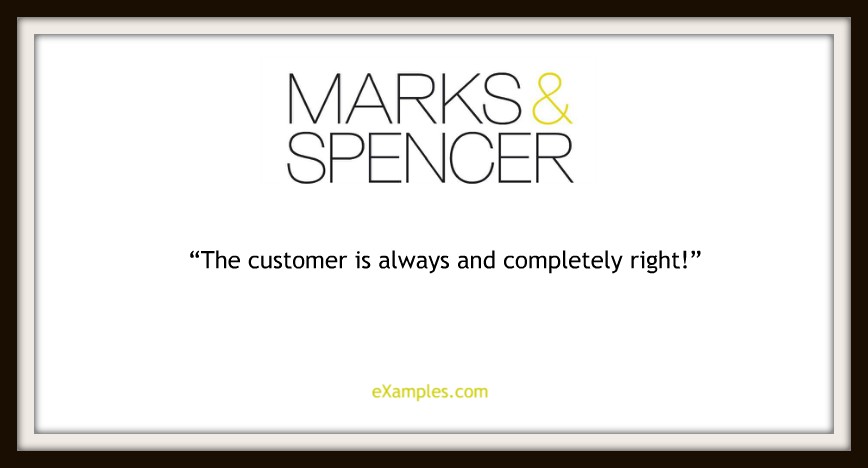
That’s taking customer service to the proud extreme.
65. MasterCard
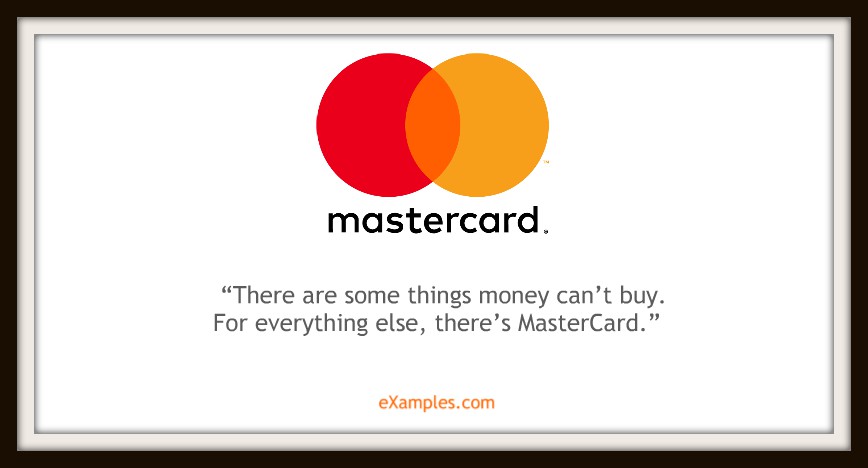
What an all-encompassing way to sell the service.
66. Maxwell House
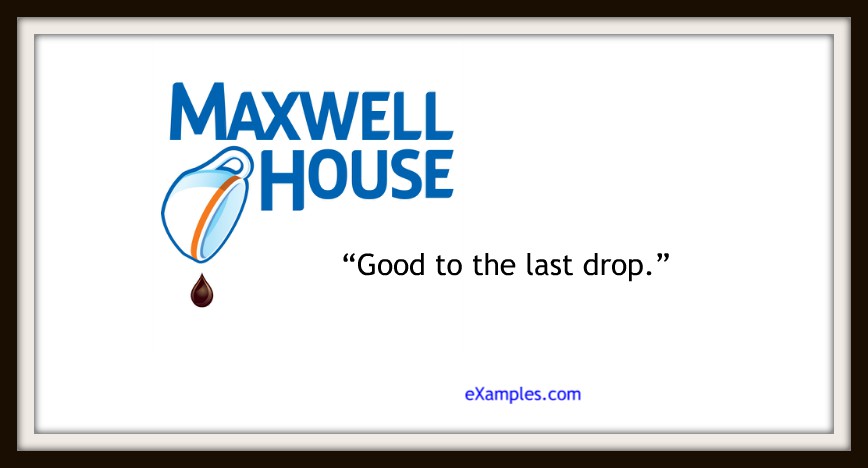
Drawing attention to your unique quality is the way to go when you’re in the industry of a product as commonplace as coffee.
67. McDonald’s
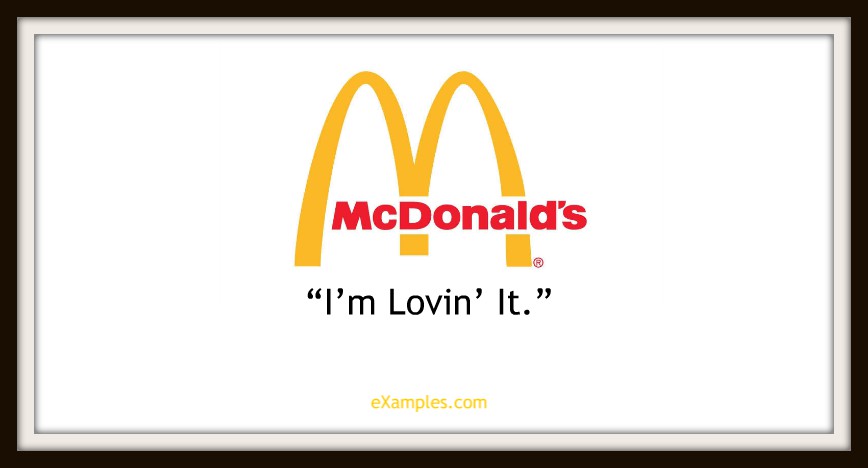
What they’ve aimed to put in the mouths of every customer since opening day. Safe to say they succeeded.
68. Microsoft

This is the title of Microsoft’s second global campaign to advertise its brand image, offering itself as a window to the world. You may also see examples of marketing strategies.
69. Motorola
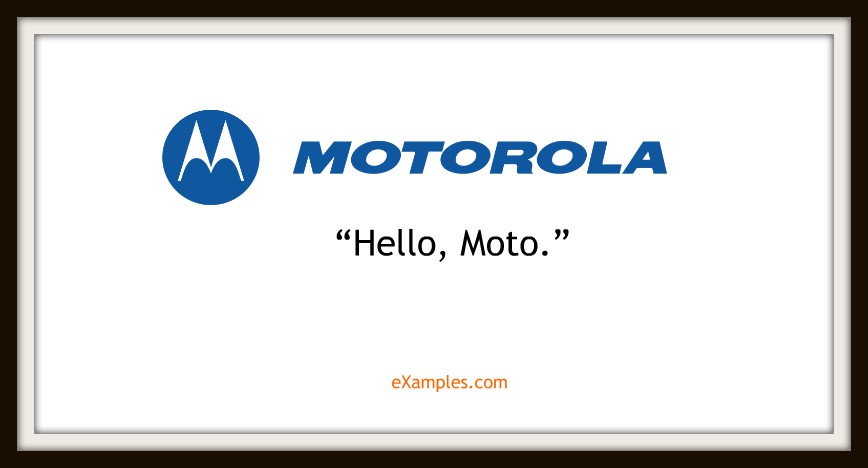
Maybe they’re talking to themselves…More likely, they’re showing how easy they make it to communicate.
70. Nike
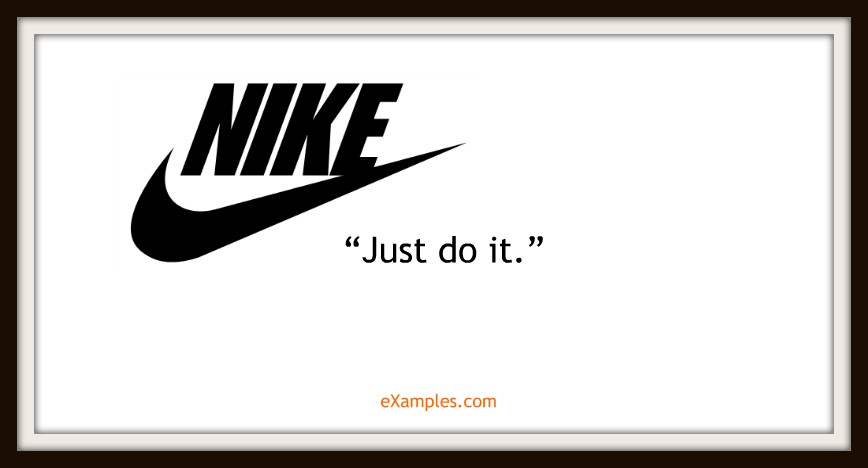
Take the leap of courage. Just buy the shoes.
71. Nikon

What photographer wouldn’t want to do business with a company that understands the core of their craft?
72. Nokia
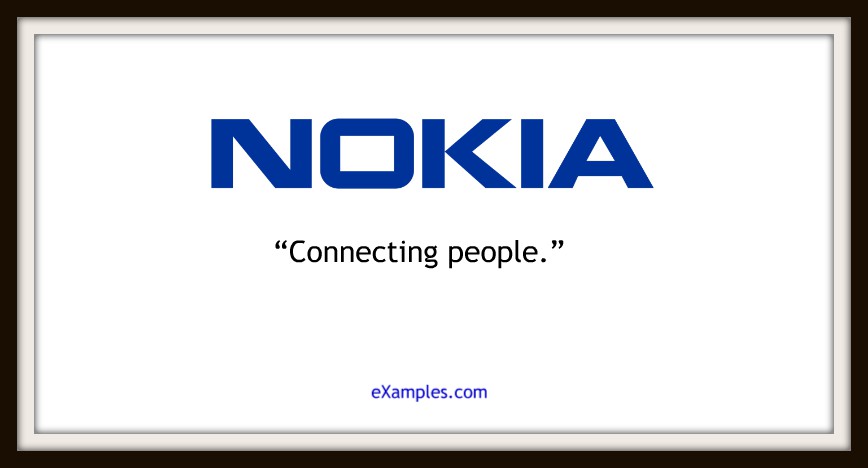
An example of a whole company’s mission in a nutshell.
73. The New York Times
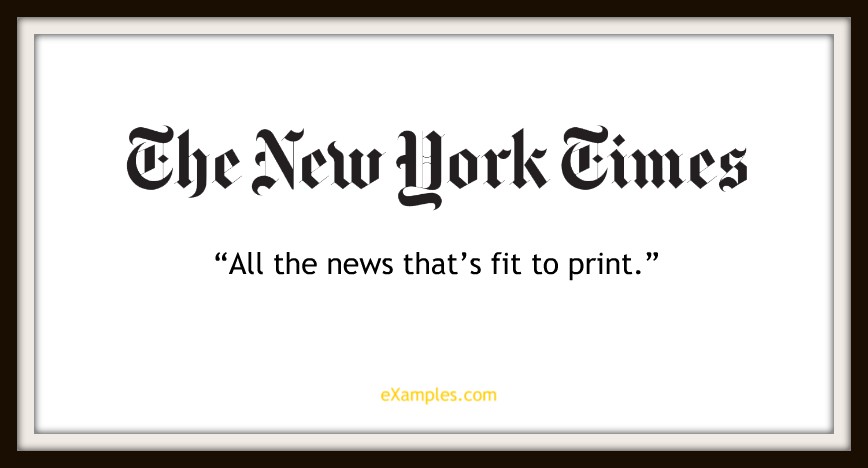
Selling themselves as the go-to authority for anything and everything that’s newsworthy and breaking out in the world.
74. Oracle
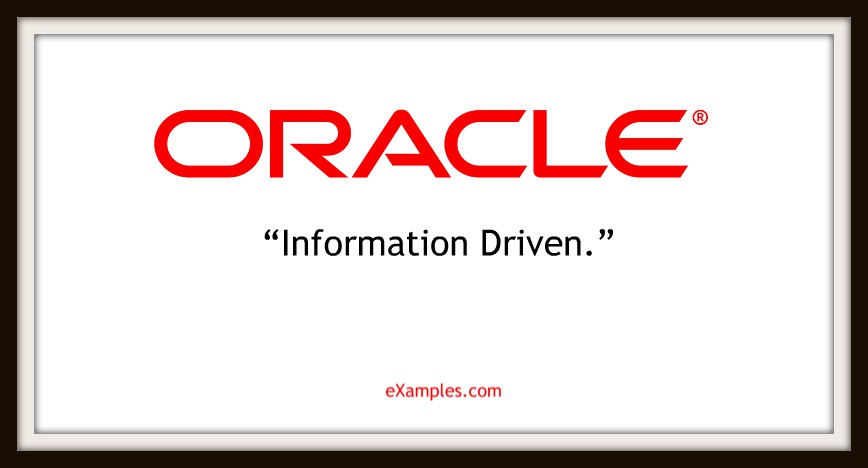
Part of their information-driven value, this concise slogan shows Oracle as experts in their field.
75. Panasonic
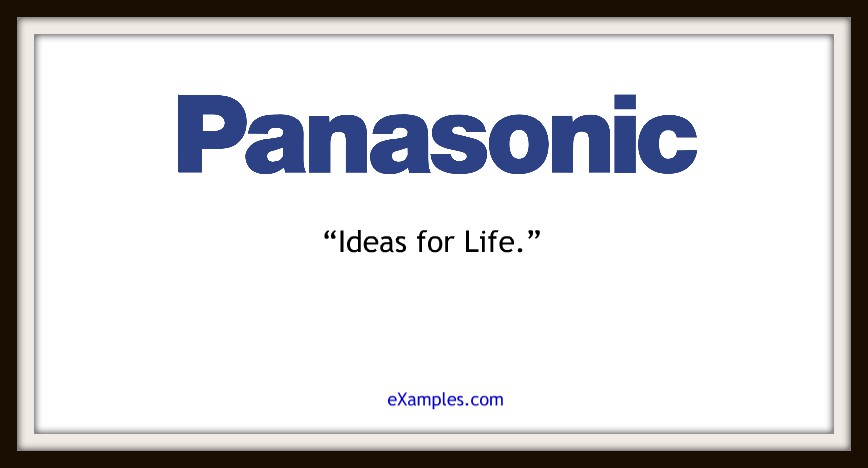
Alludes to both lasting life value as well as the enlivening quality of their technology.
76. Pepsi
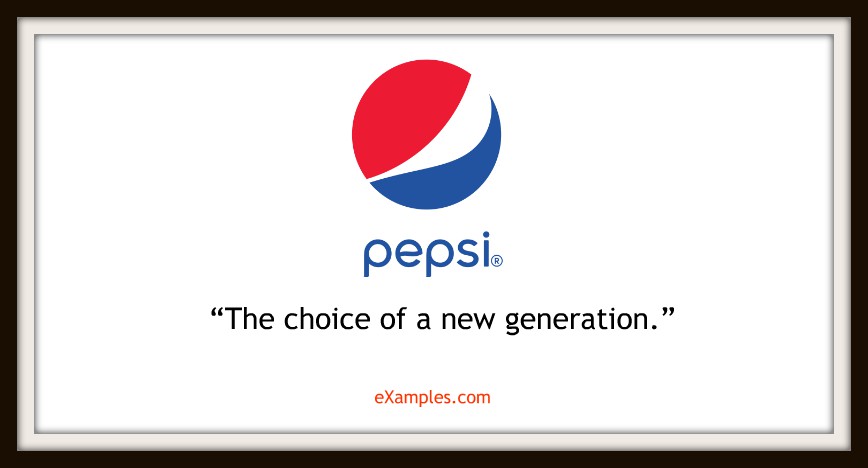
And how can you argue with a whole generation? Majority wins.
77. Philips
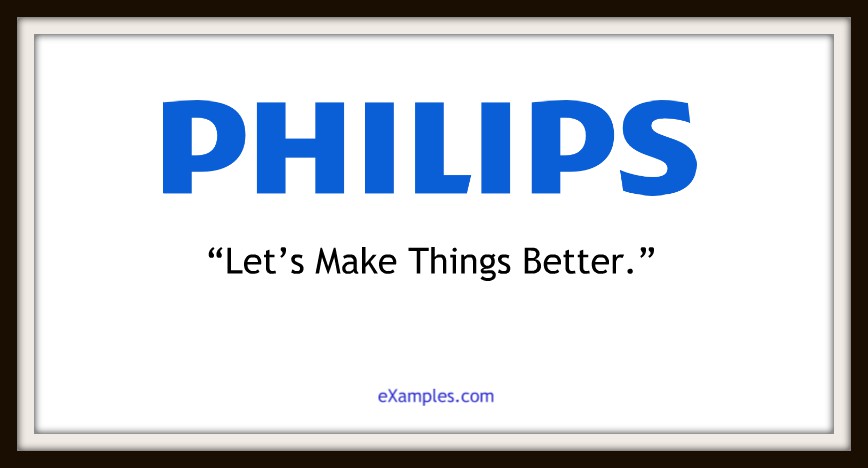
Rather vague, but it works for their communications strategy.
78. Playstation
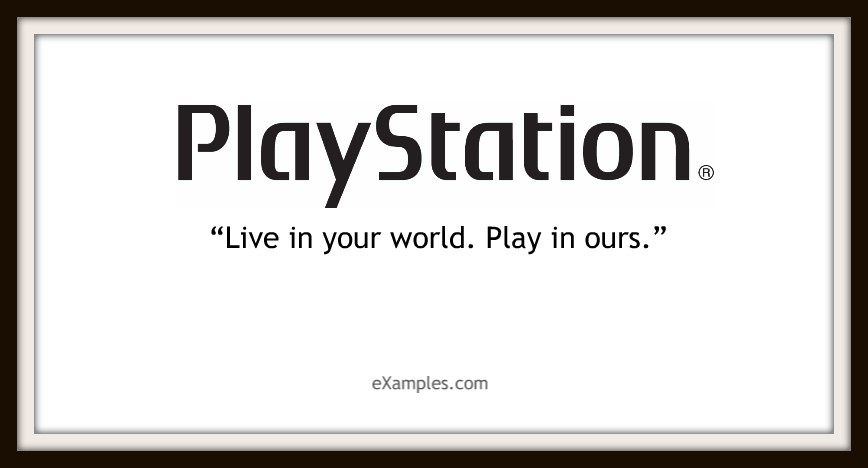
A tantalizing invitation to get immersed in a whole new virtual experience without leaving your room.
79. Polo
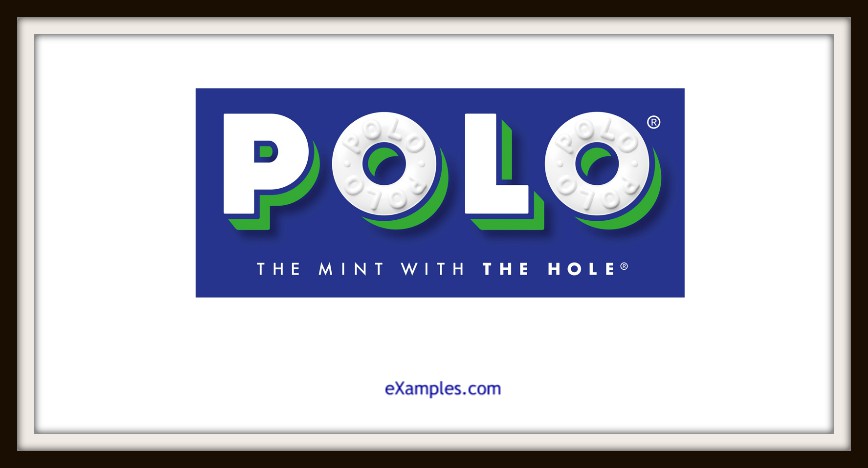
The mint with the hole. Read: You know who we are. They’ve become so iconic, this is all they have to say for themselves. And it works. You may also like essential elements to build your personal brand.
80. Porsche
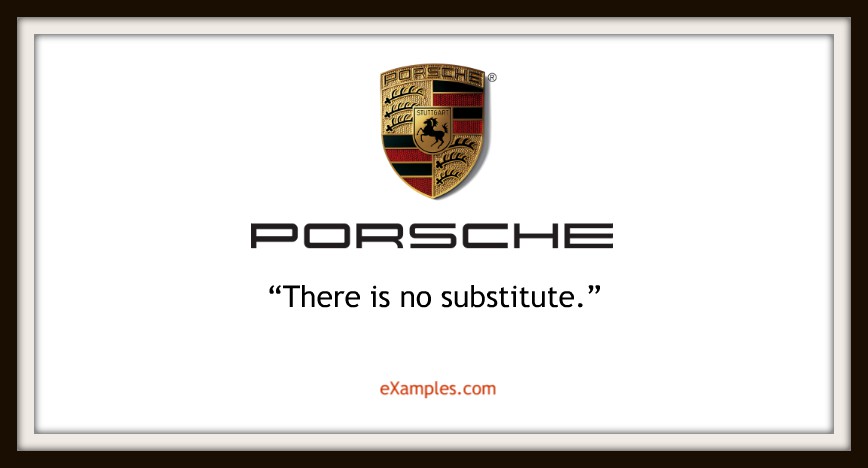
Another classic way of setting oneself up as original and unmatchable.
81. Red Cross
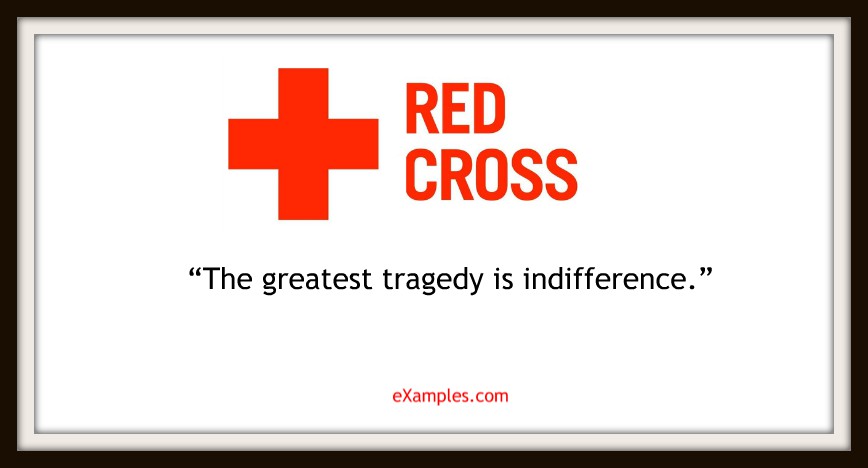
A call to arms for people to respond and cooperate in emergencies, where Red Cross will be the leader in care.
82. Redbull
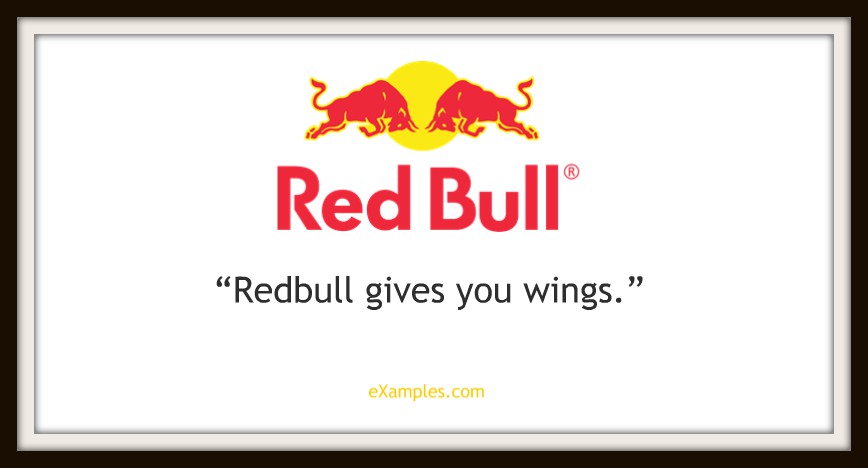
Another product promise that delivers. The rush does make you feel like you’re soaring on an energy high.
83. Reebok
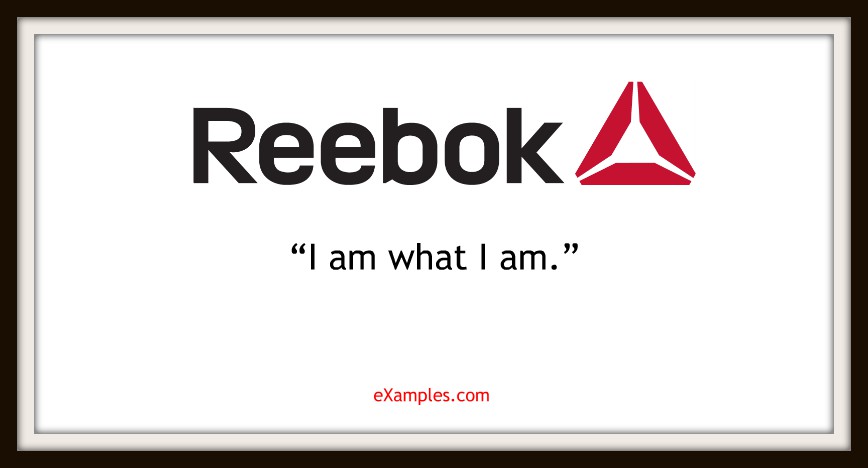
Classic way to inject individuality into its products, marketed to those with strong identities.
84. Samsung
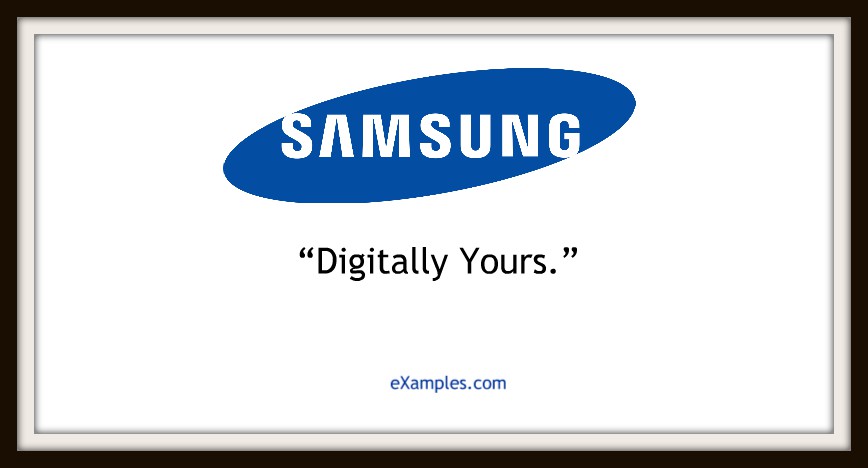
How sweet. The biggest companies always know how to place themselves as empathic servants of their customers.
85. Sharp
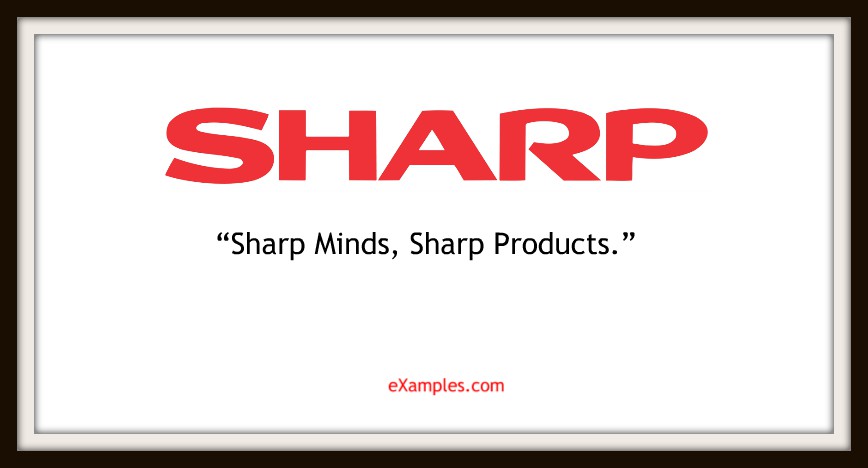
This is both a promise of quality as well as a nod to the manufacturing team behind the products.
86. Shell Oil

When it comes to an everyday high-stakes commodity such as fuel, reassurance of dependability is a good strategy for a slogan. You may also see examples of corporate branding design.
87. Singapore Airlines
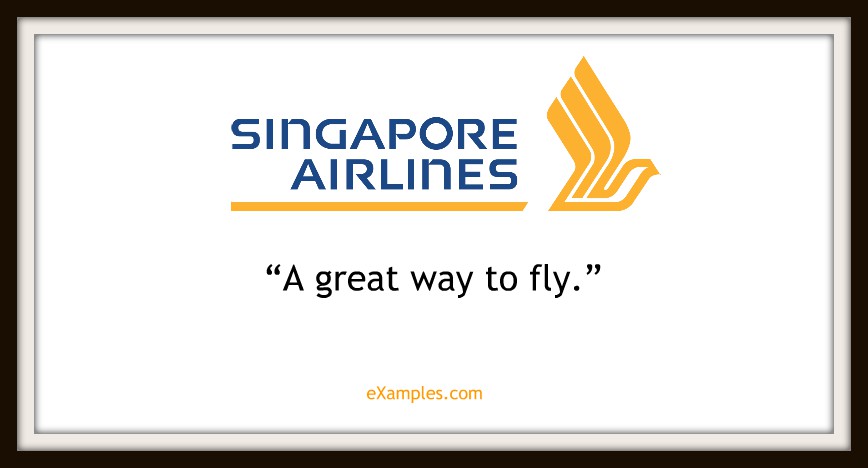
Nothing fancy, but seems sincere. Instantly winning.
88. Sony
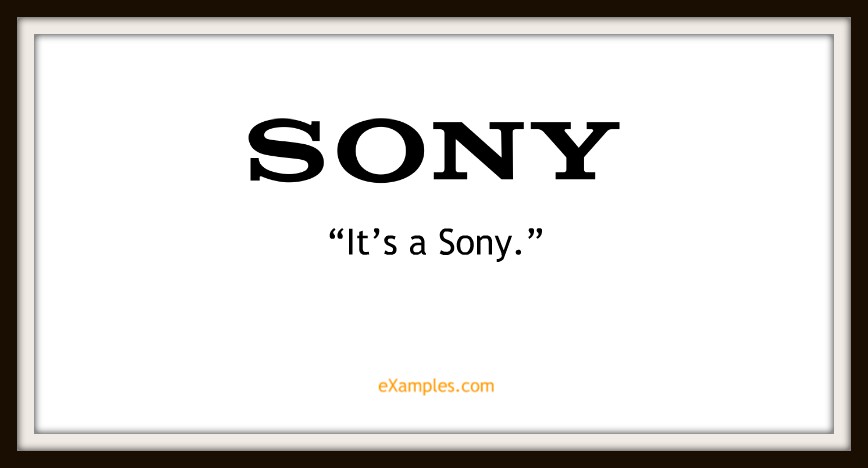
An example of a self-strong, iconic brand confident in its place. All it has to say is, “it’s me,” and that’s all you need to know.
89. Sprite
![]()
A call to action if there ever was one. Part of Sprite’s ad campaign.
90. Subway

That definitely distinguishes itself from many other fast food joints. Compare with its other ad slogan: “The way a sandwich should be.” Both amplify quality and customer preference. You may also like tips for creating and maintaining successful corporate branding.
91. Sun Microsystems
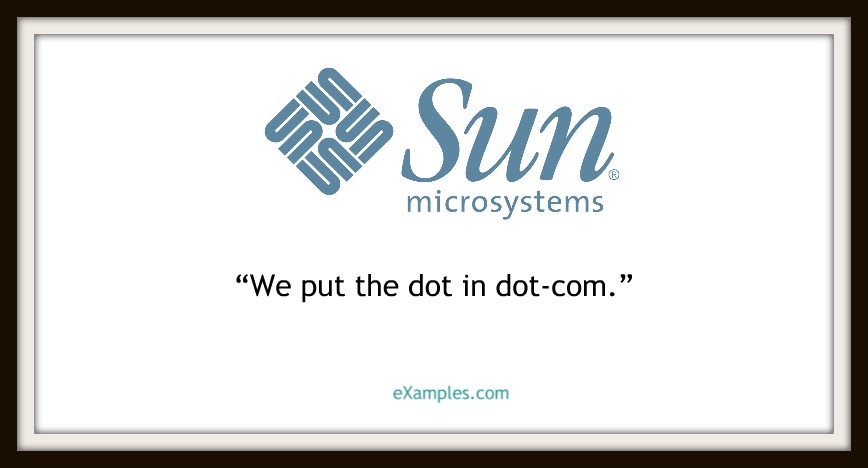
Talk about labeling yourself as indispensable and ubiquitous. Here is a good example of that.
92. TGI Friday’s
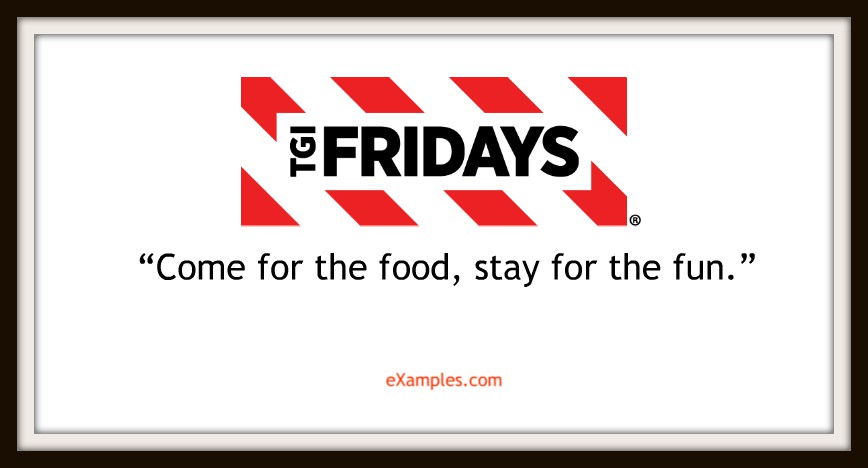
The perfect invitation for a Friday night and a long week behind you.
93. Tide
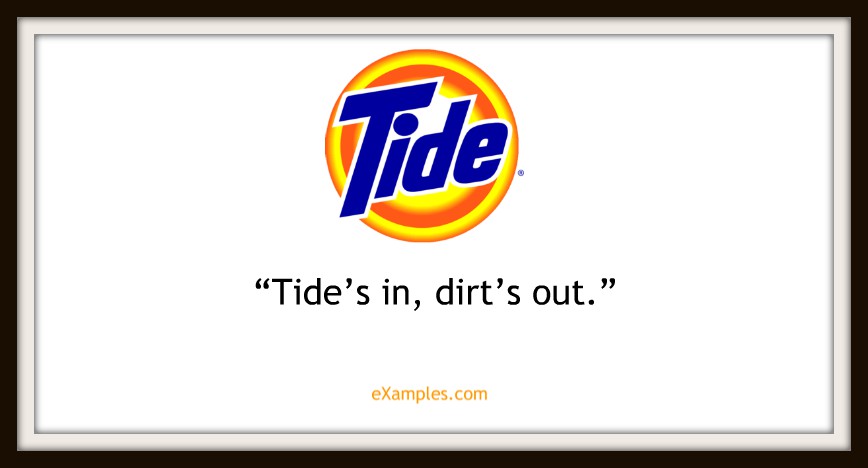
A clever use of the brand name and a simple analogy to make its promise memorable.
94. Toshiba

This might need explaining for those who don’t know that Toshiba rewrote the lyrics of the hit song “Ullo, John! Got a New Motor?” as part of an ad campaign. But is sure is catchy.
95. Toyota
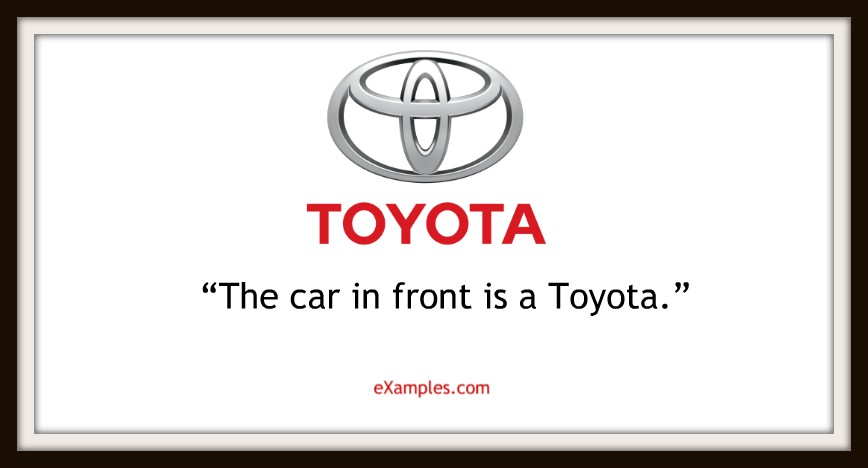
This was meant to be funny…but turned out almost scarily accurate, given that this giant car manufacturer is literally everywhere. Plays on the idea that if everyone’s using it, it must be something good. Another version of Toyota’s logo is “Let’s go places.” You may also check out the critical difference between logo design and branding.
96. United Airlines
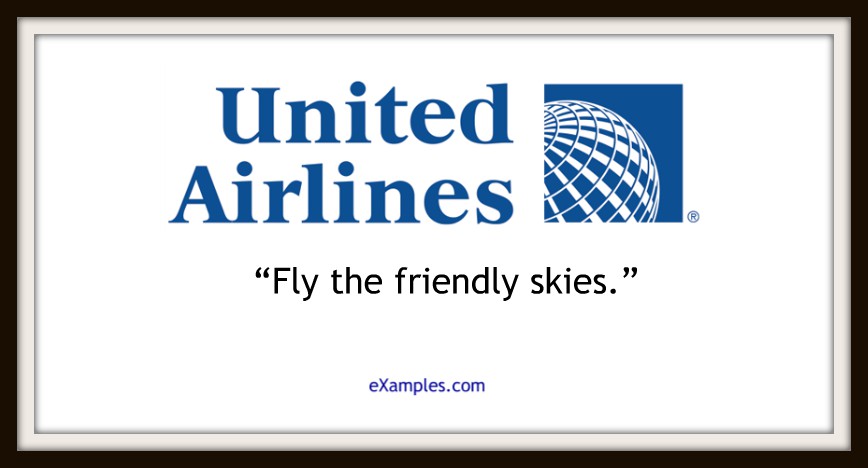
Showcases the airline’s expert affinity for the open blues.
97. United Negro College Fund
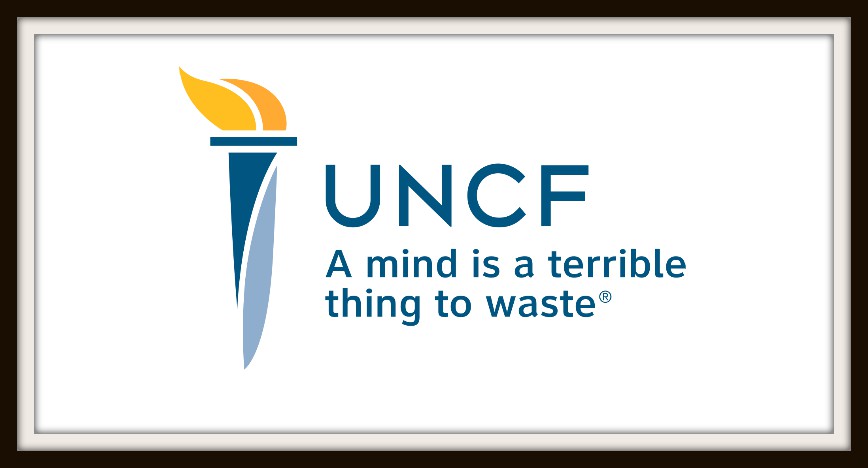
Humanitarian and inclusive, rightly valuing the human mind no matter where that mind grew up.
98. UPS
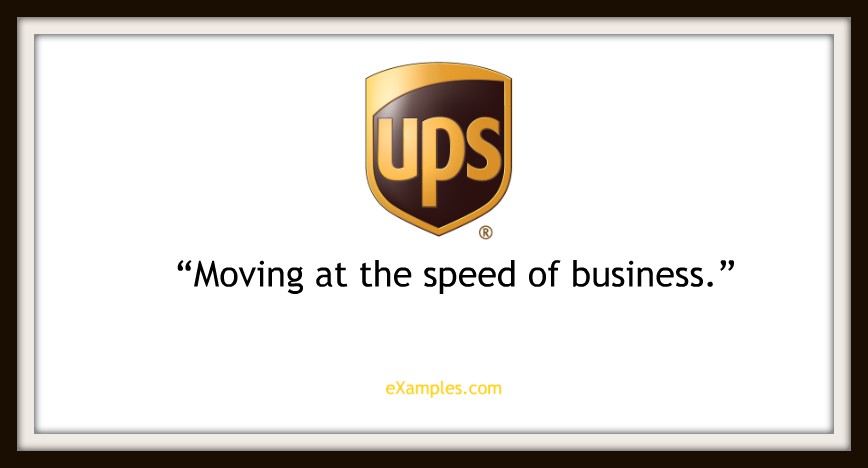
For those in high-speed sales and the chaos of the ground floor, UPS’s tagline will sound like a lifesaver sent from heaven. Here is another example of a company that understands its customers. You might be interested in tricks to improve your website’s branding.
99. The US Marine Corps
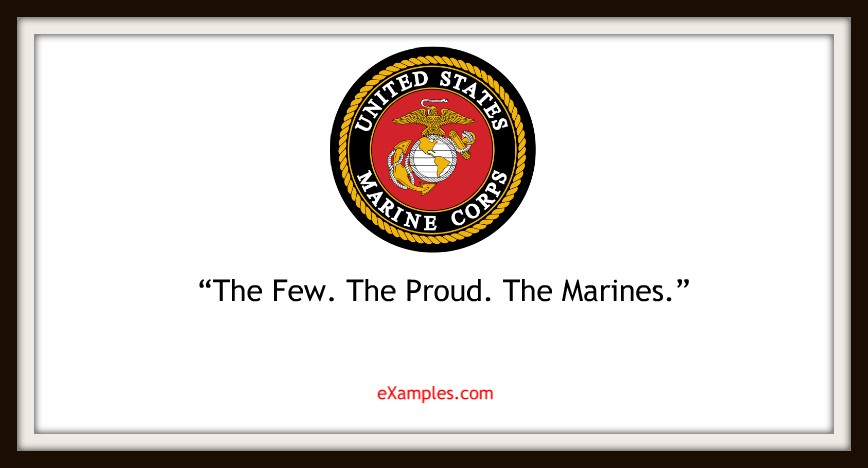
Dare we say this is a much nobler-sounding tagline for the Marines showcasing exclusivity than its WWI version “First to Fight.”
100. VISA
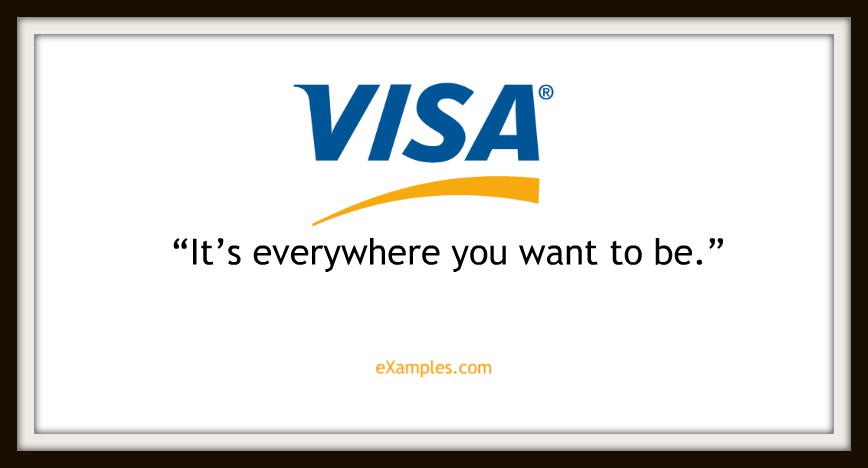
Another example of an organization that understands its clients, understands what we want, and what it can do for us.
101. Volkswagen

Another company pointing out its standalone quality, the definition of the vehicle itself.
102. Volvo
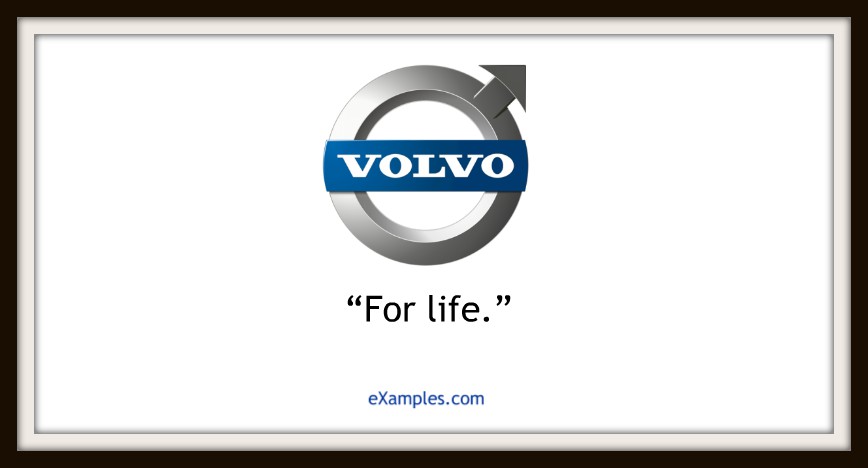
Another car company with a big promise of enduring. It also sounds like a toast to good health.
103. Wall Street Journal
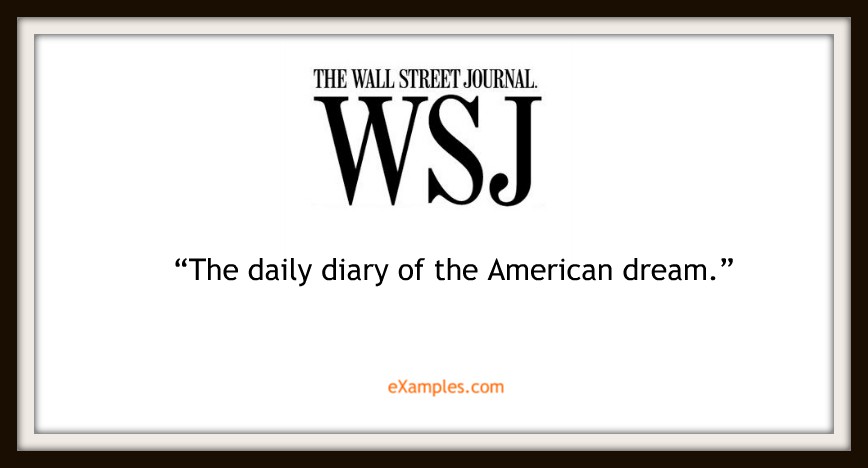
Establishing itself as a partner in your chase for everything you ever wanted in life (and the funding for it).
104. Walmart
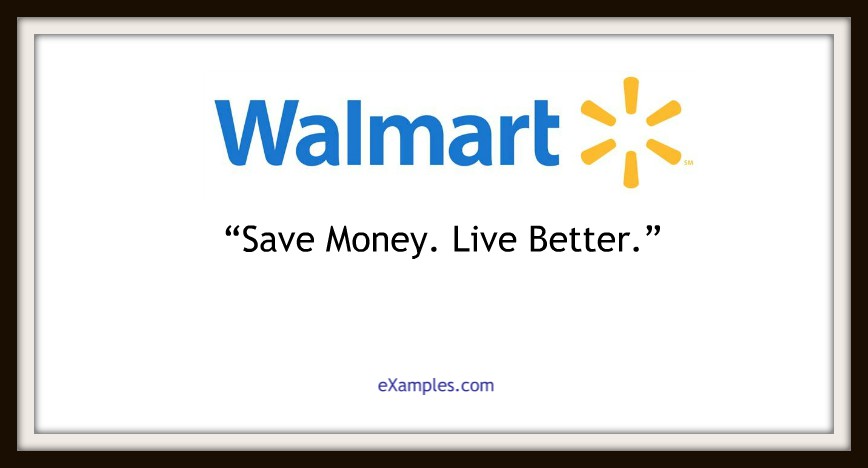
Putting more value into shopping at bargain places like Walmart.
105. Wisconsin
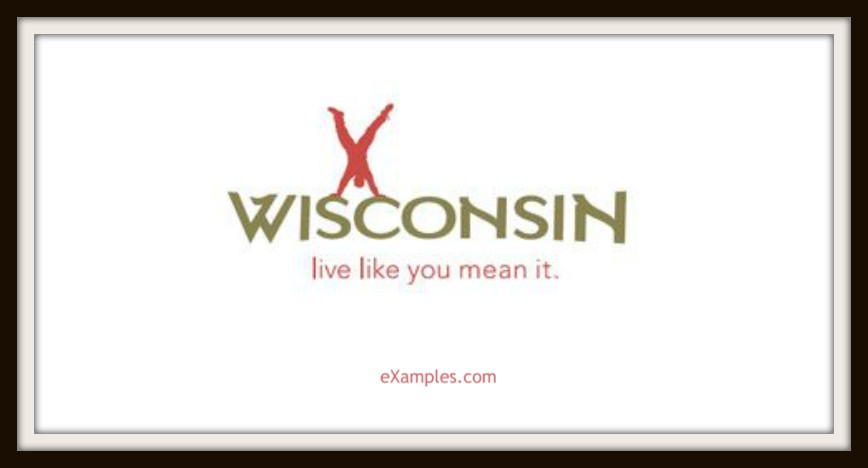
Yes, the US state has a brand image. Word on the vine is that apparently “America’s Dairyland” was not a good enough tagline for them.
106. Xbox 360
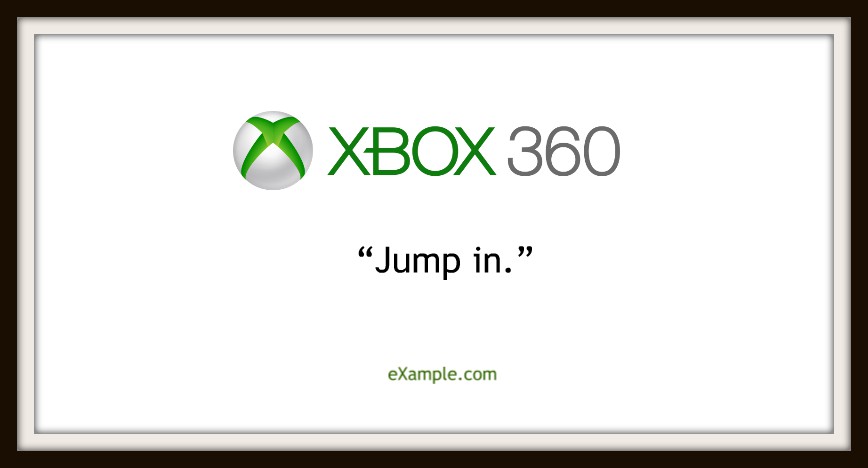
Like the Playstation, Xbox’s slogan is a business invitation not just to play but to be immersed in a whole new level of gaming experience. (Notice how gaming consoles promote the quality of their escapism more than anything else—without calling it escapism?)
107. Xerox
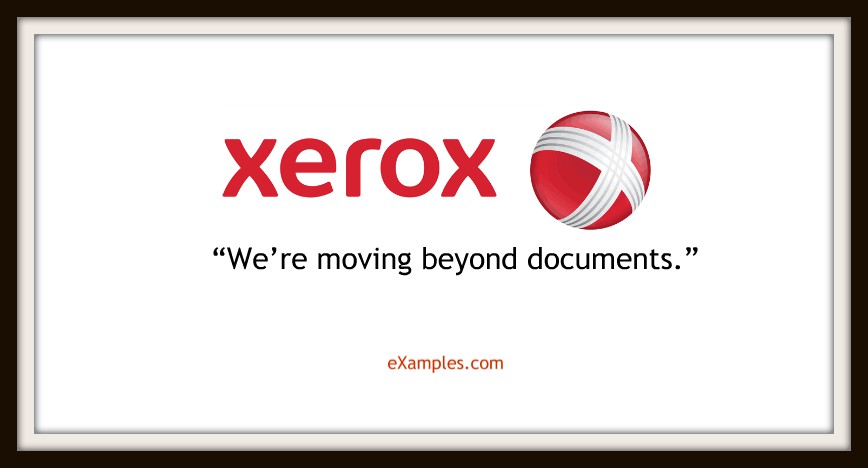
The biggest companies always know they have to appeal to a bigger mission aside from the mundane but essential stuff they mostly cater to.
108. Yahoo!
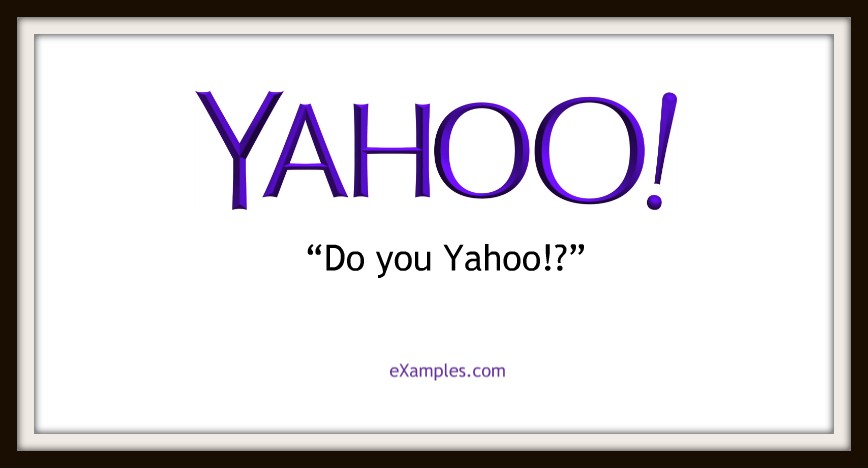
A fun “join the club” prompt. Arguably a much easier slogan to use in real life when recommending the service to friends, as compared to Hotmail’s “P.S. I love you.”
109. Yellow Pages
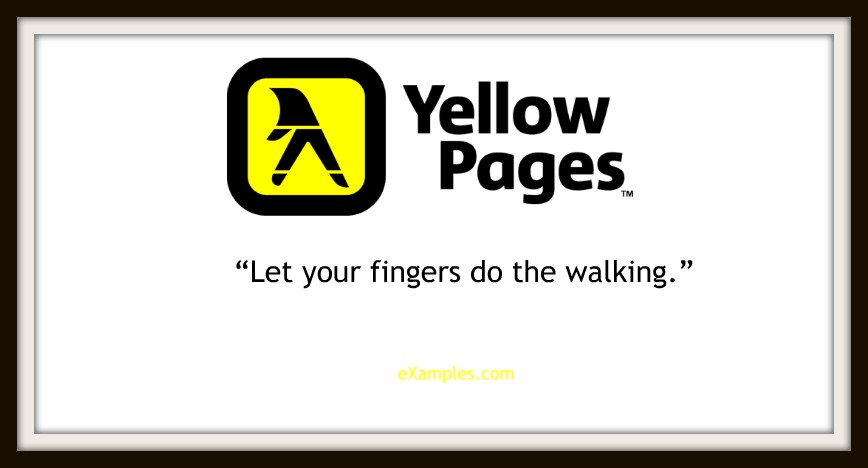
Here we see a neat way to present the convenience of their service: no longer do you have to actually walk to a brick-and-house establishment to get what you need. Just consult the yellow pages. You may also like effective food branding ideas.
110. YouTube
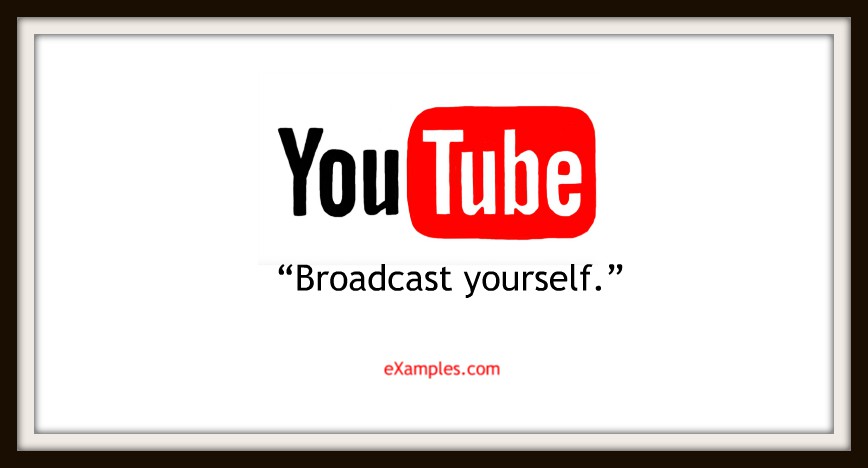
One powerful invitation is to put control in the hands of the customers. (Which is why the biggest online companies are primarily grown by user-generated content.)
What Makes a Great Slogan?
- Memorability: It sticks in the mind of the audience. This is often achieved through simplicity, rhythm, rhyme, or repetition.
- Clarity: It conveys a clear message. A great slogan is easily understood and leaves little room for misinterpretation.
- Brevity: It is concise. The most effective slogans are typically under 10 words, making them easy to recall and repeat.
- Relevance: It aligns with the brand’s values and mission. The slogan should accurately reflect what the brand stands for and its market position.
- Differentiation: It sets the brand apart. A great slogan highlights what makes the brand unique or better than its competitors.
- Emotional Appeal: It resonates on an emotional level. Whether it’s inspiring, comforting, or humorous, the best slogans connect with the audience emotionally.
- Timelessness: It remains effective over time. Avoiding trendy language or concepts that may become dated ensures the slogan stays relevant.
- Versatility: It works across various media and contexts. A great slogan is adaptable and effective whether it’s on a billboard, online ad, or product packaging.
- Call to Action: Though not necessary for all, some of the best slogans subtly encourage the audience to think, feel, or act in a certain way that benefits the brand.
- Originality: It is unique and creative. A great slogan stands out because it offers something fresh and memorable.
YouTube’s message is what convinces so many of us to give it a shot: We are all stars, directors, screenwriters, and producers now.
Your slogan can be as long as a sentence or a single word. Any more than that and it ceases to be a slogan. You might as well go back to the drafting board, or move something to the mission statement or the vision statement where it can do more good. You may also see types of marketing styles in doc format.
But before you can begin to dream up the rallying cry for your company, let’s get it clear first what a slogan is, and what it is not.
Make your tagline a rallying cry for anyone who hears it—even if it is just a reminder for yourself for what your brand stands for.


